The LG G5 is a television that not only continues but also enhances what we loved about the previous models in the G series. Instead of following the beaten path, LG opted for a new Tandem OLED panel – and it was a resounding success. Brightness? Simply, PH E N O M E N A L. HDR effect? Close to reference. Colours after calibration? Almost perfect. Motion fluidity, low latency, and features for gamers? At an absolutely top level. The G5 performs well both in films and games, day and night, with a decoder, console, PC, or even just the remote. Of course – it is not a product without flaws. It’s a shame there is no support for DTS, viewing angles have worsened compared to its predecessor, and the remote may vary depending on the version. However, when we look at the overall picture, it is hard not to feel that this is one of the best OLED televisions available on the market, and perhaps the best. Certainly, when it comes to its versatility and image quality without having to reach for the extremely expensive models of the competition. If you are looking for a television for everything – cinema, gaming, bright living rooms, watching online content or connecting a computer – the LG G5 is a device that simply delivers on every front without compromises.
- Matching (Score)
- Our verdict
- TV appearance
- Where to buy
- Contrast and black detail
- HDR effect quality
- Factory color reproduction
- Color reproduction after calibration
- Smoothness of tonal transitions
- Image scaling and smoothness of tonal transitions
- Blur and motion smoothness
- Console compatibility and gaming features
- Input lag
- Compatibility with PC
- Viewing angles
- TV efficiency during daytime
- Details about the matrix
- TV features
- Apps
- Playing files from USB
- Sound
LG OLED G5 vs Samsung The Frame 2025 (LS03F)
Direct compare
G54 / G51 / G55 / LW / LS
The Frame / LS03FAU
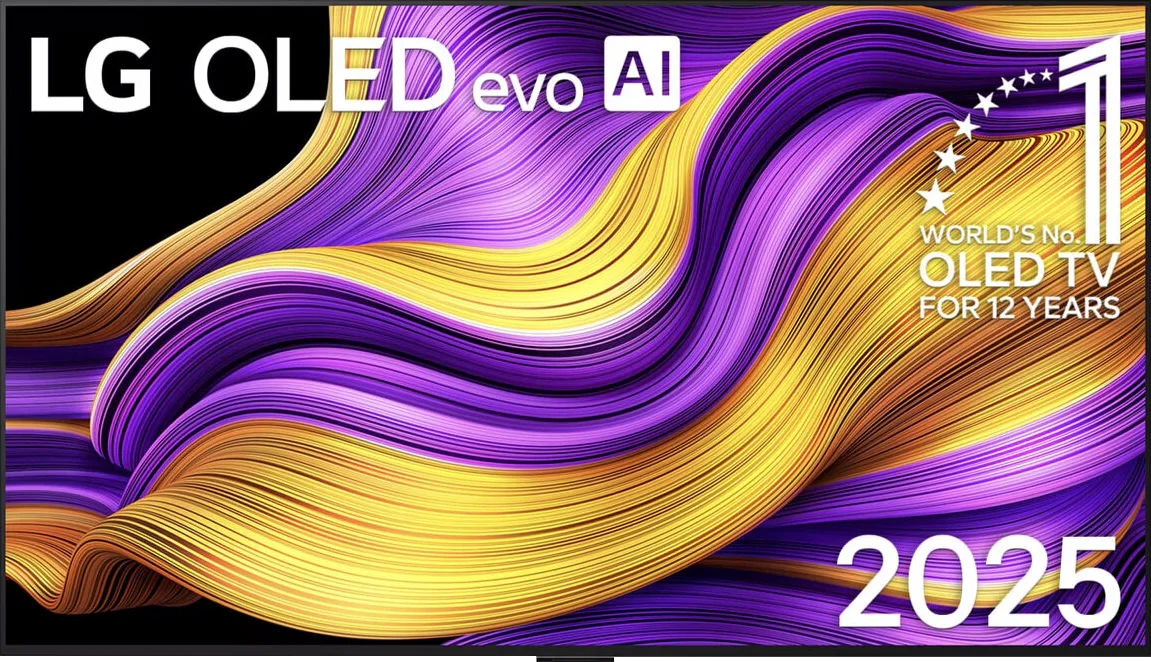

Panel type: WRGB OLED
Resolution: 3840x2160
System: WebOS
Model year: 2025
Complete the survey to find out the result

Panel type: LCD VA
Resolution: 3840x2160
System: Tizen
Model year: 2025
Complete the survey to find out the result

Overall rating
8.9
7.0
Movies and series in UHD quality
9.2
6.8
Classic TV, YouTube
9.2
6.5
Sports broadcasts (TV and apps)
8.8
6.4
Gaming on console
9.5
8.4
TV as a computer monitor
8.8
8.2
Watching in bright light
8.0
6.3
Utility functions
8.5
7.2
Apps
9.1
8.7
Sound quality
8.7
6.0
Complete the survey to find out what fits your preferences
Advantages
Amazing black and contrast
Reference colour reproduction after calibration
Very high brightness in HDR materials
Excellent collaboration with consoles and computers
Great motion smoothness - OLED panel 165Hz
Many features for gamers: VRR, ALLM, HGIG, low input lag
Great operating system WebOS with many applications
Superb control thanks to the Magic remote with "pointer" function
Matte display excellently reduces reflections
Customisation options for the screen thanks to interchangeable frames + art mode
Free accessories in the form of a wall mount + OneConnect module
High native contrast
Decent brightness
High refresh rate - 120/144Hz
Many features for gamers - VRR, ALLM, Gamebar, proprietary motion smoother working in games
Disadvantages
No support for DTS audio format
Worse (though still good) viewing angles than its predecessor G4
Different versions of the remote in derivative models – it's hard to predict which version we will get
Missing HGiG mode – makes precise HDR adjustments on the console difficult.
No DTS support – requires additional hardware for some films on Blu-ray discs.
Paid picture mode
Our verdict
Samsung The Frame 2025 is a television unlike any other – and although competition has emerged for it, it still does it best. The matte panel, flush mounting with the wall, and a single thin cable thanks to the One Connect module make the device resemble a picture more than any other screen. The Art Store app continues to offer the best scans of artworks on the market (even if they are subscription-based), and with interchangeable frames, we can adapt the TV to the interior almost like a piece of furniture. As for the picture itself, since we are also talking about an ordinary television, there are no major changes, but there are also no disappointments compared to last year’s model LS03D. The Frame still offers high native contrast and solid brightness at 600 nits, which combined with the matte finish provides very comfortable daytime use. The colours are not as vibrant as in glossy screens, but against the backdrop of competitive matte constructions, they perform the best. A novelty is the 144 Hz refresh rate, although in practice, mainly PC gamers will benefit from it. Indeed, in terms of gaming features, The Frame has nearly everything: low input lag, variable refresh rate (VRR) support, automatic game mode (ALLM), Game Bar, and a unique motion smoother designed for games. Unfortunately, not everything is as perfect as it might seem. Why? Because the HGiG mode is missing, which has suddenly disappeared from the latest version of the Tizen system. Samsung really should respond to this, as for many gamers it is a key element in choosing a screen. And we fully understand that. Even though LS03F The Frame 2025 does not bring greater revolutions, it is still a unique television that, apart from its appearance, offers quite solid picture quality and extensive gaming features. It’s a pity that year after year we also receive new compromises.
TV appearance
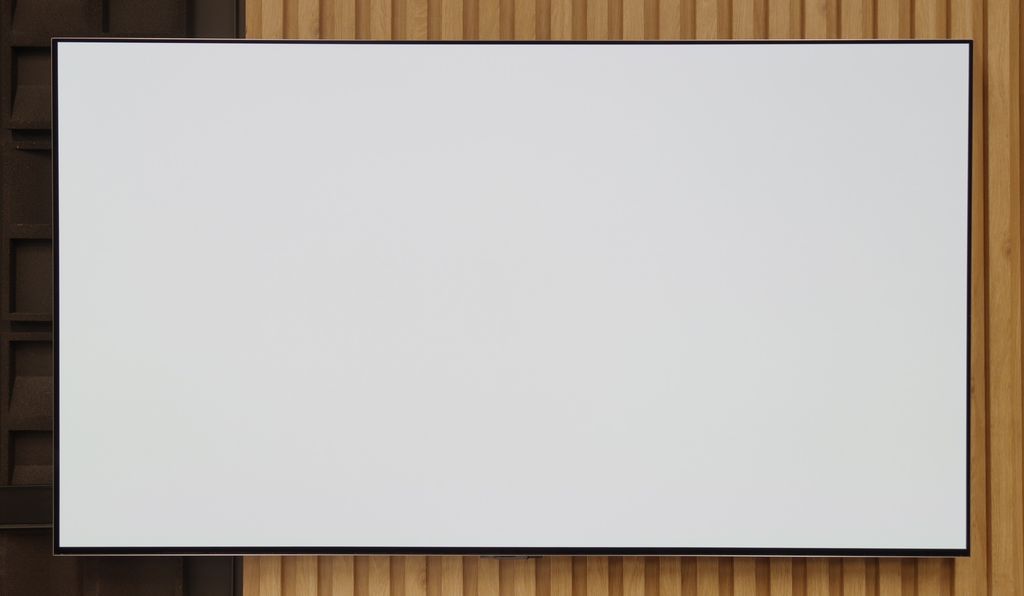
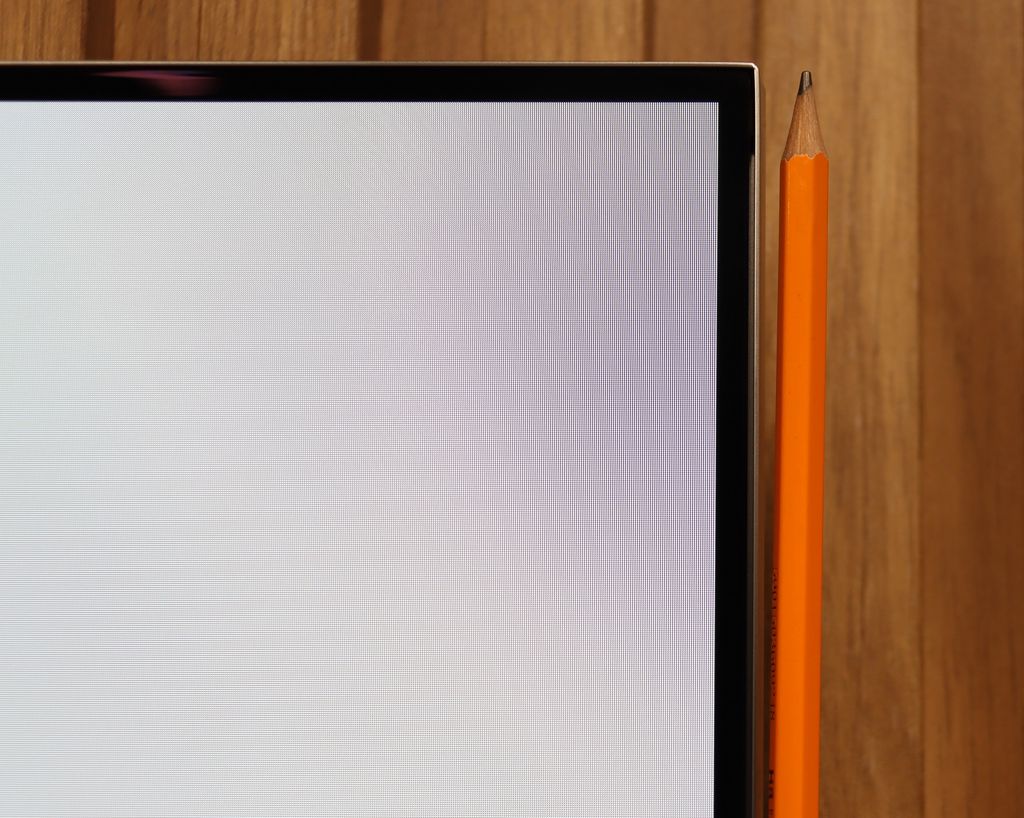
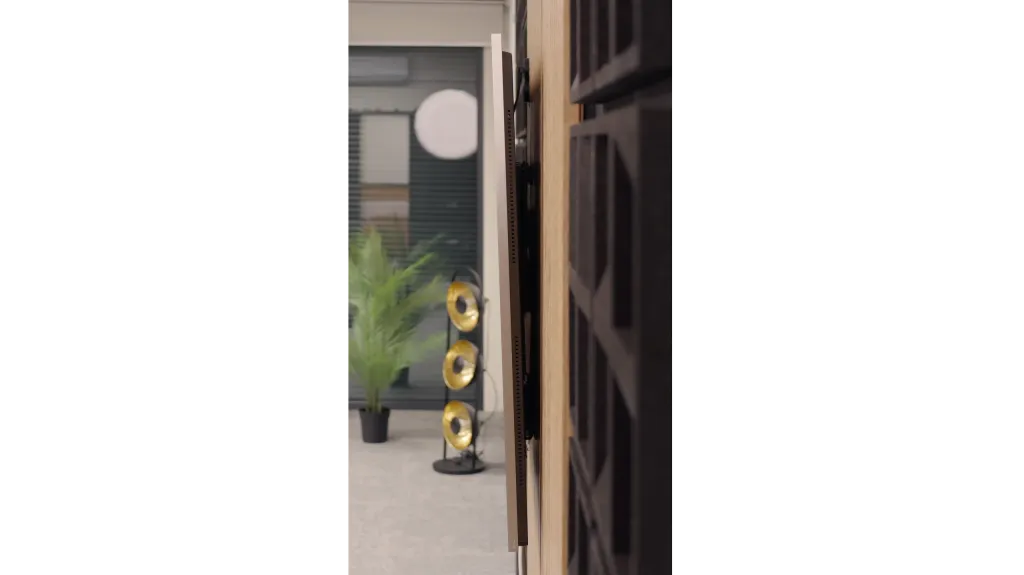
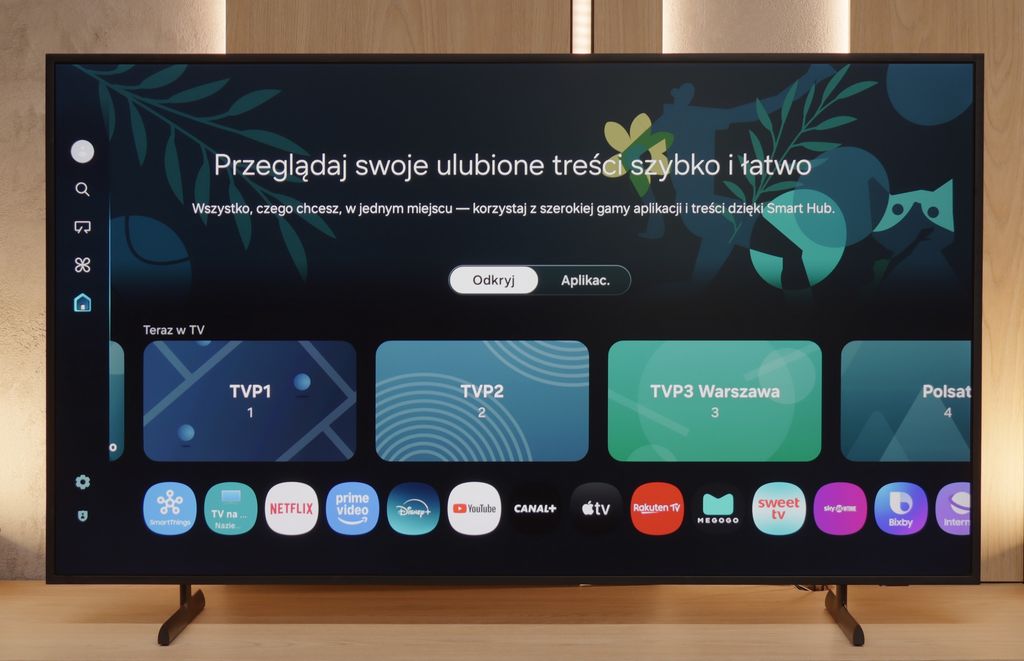
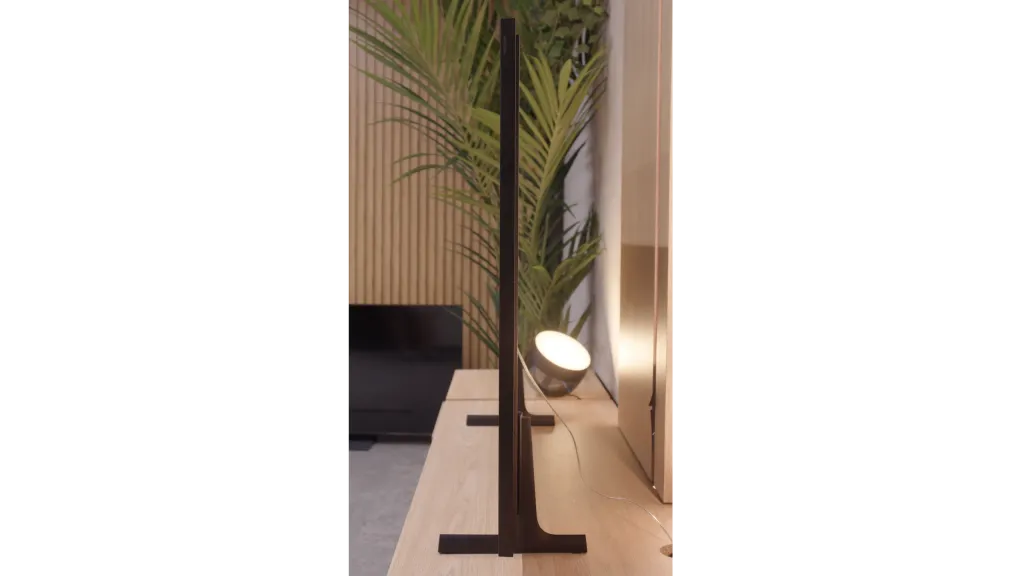

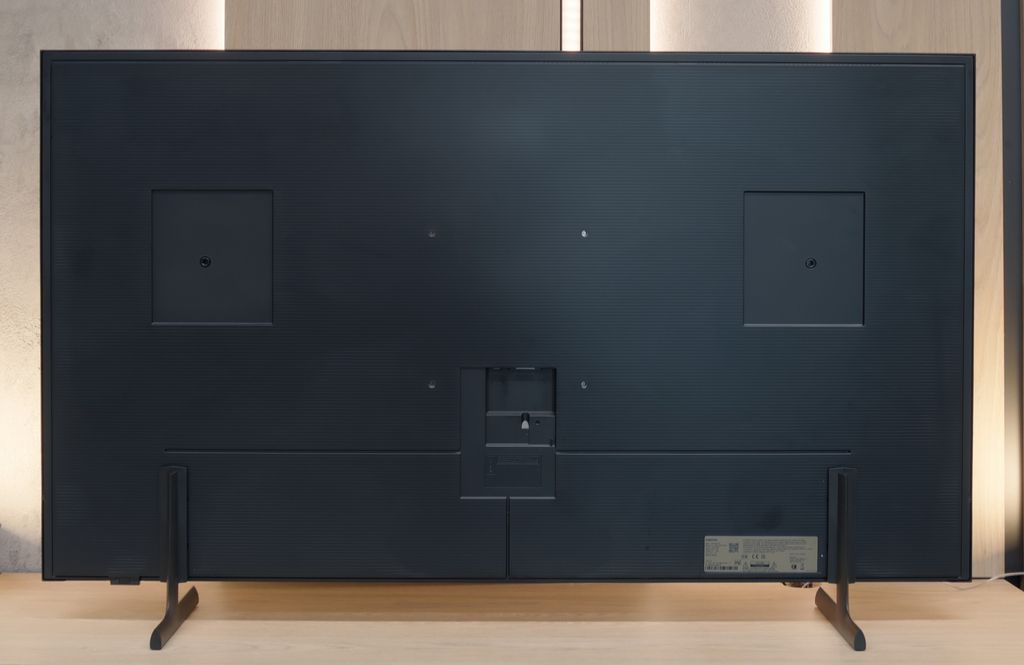
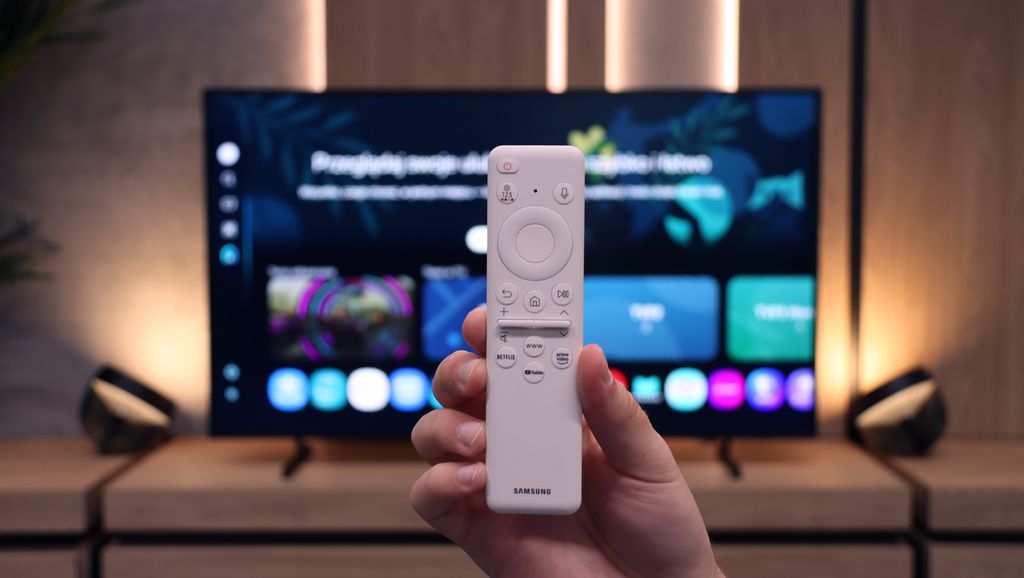
Contrast and black detail
10/10
6/10
Local dimming function: No
Contrast:

Result
∞:1

Result
∞:1

Result
∞:1

Result
∞:1

Result
∞:1

Result
4,800:1

Result
4,750:1

Result
14,900:1

Result
4,500:1

Result
4,300:1
Halo effect and black detail visibility:
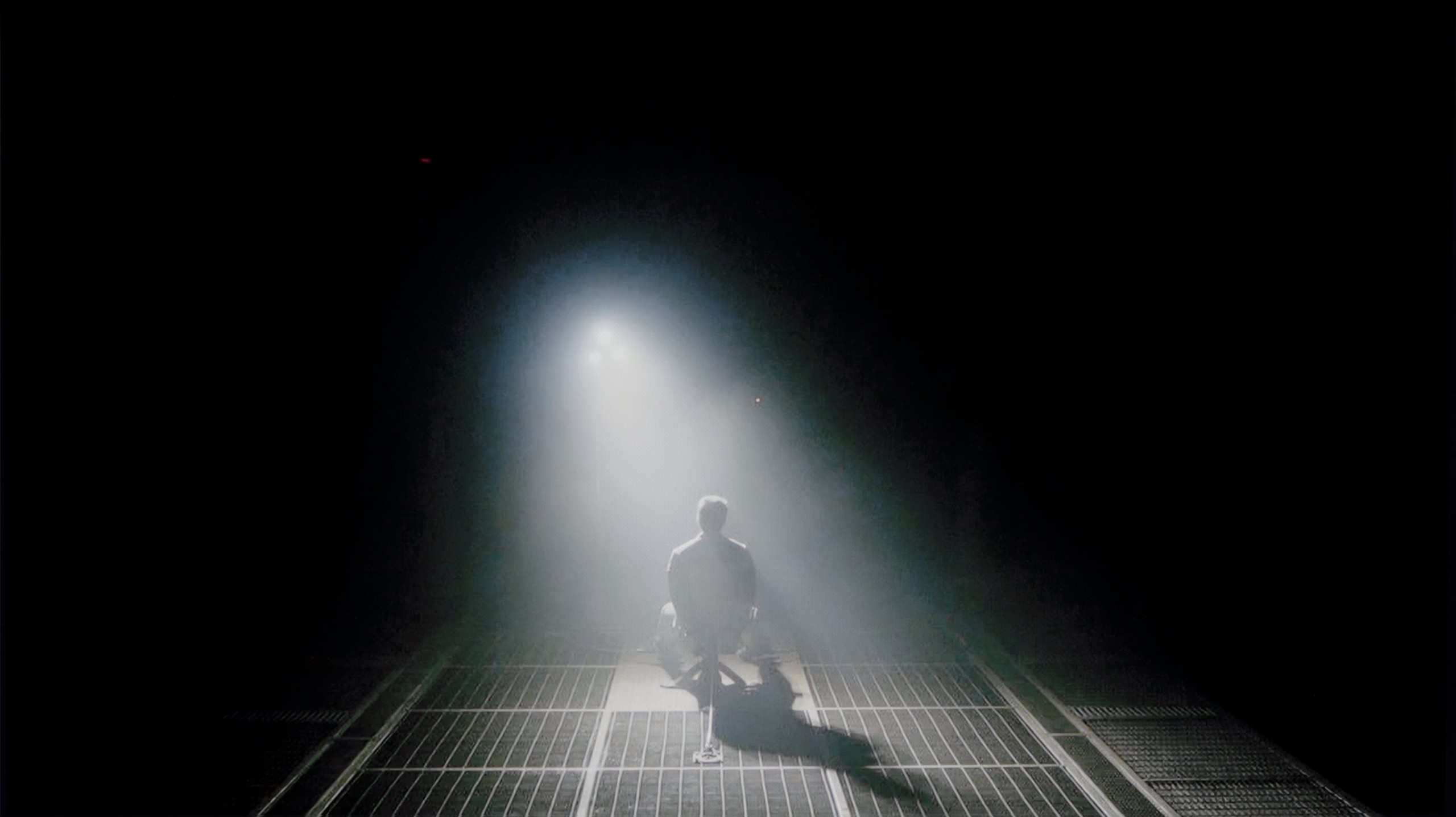

LG G5, as befits an OLED television, impresses with its quality of contrast and blackness. In scenes with a lot of dark areas, the screen looks almost perfect, offering deep, absolute black and infinite contrast – an effect that still cannot be achieved on any LCD television. The new Tandem OLED panel does not introduce any negative changes compared to previous generations – blacks are flawless regardless of the content. Watching scenes from films like The Revenant or Oblivion, the excellent separation of lights is clearly visible, without any halo effect or brightening of dark areas. In this category, the LG G5 deserves the highest rating.
The year 2025 promises to be quite interesting when it comes to lifestyle televisions. Why? Because Samsung has prepared two versions of the iconic model The Frame – one standard and the other with the addition of “Pro”. In this review, we take a look at the version without “Pro”, which – as we shall see shortly – is quite significant. The standard model LS03F lacks any local dimming technology, unlike its more expensive sibling. This is important because it affects not only the overall picture quality but, primarily, how this television handles black levels.
The VA panel used in The Frame 2025 has a high native contrast – and this obviously works to its advantage. In the tested film scenes, details in the dark areas of the image were well visible, nothing blended together, and there was no formation of a uniform black/white blob. For the average viewer, this will be more than sufficient. But of course, not everything is perfect. The absence of local dimming means that the black levels on this television are not perfectly deep – they resemble dark navy rather than tar. Additionally, in our tested unit, we noticed slight blooming in the right part of the screen, but this could simply be the “quirk of the specimen” rather than a rule. Theoretically, one could try to improve the perception of black by backlighting the screen – for example, with an LED strip – but in the case of The Frame, this is rather impossible, as this television is meant to sit flush against the wall like a picture. So to achieve a better black visible to our eyes, we are forced to watch the LS03F with the lights on. That’s the charm of this technology.
HDR effect quality
9.1/10
6/10
Luminance measurements in HDR:

Result
2346 nit

Result
2353 nit

Result
2399 nit

Result
2353 nit

Result
2012 nit

Result
642 nit

Result
589 nit

Result
574 nit

Result
584 nit

Result
631 nit
Scene from the movie “Pan” (about 2800 nits)


Scene from the movie “Billy Lynn” (about 1100 nits)


Static HDR10


Dynamic: Dolby Vision
Dynamic: HDR10+


HDR luminance chart:
Samsung The Frame 2025 (LS03F)
HDR luminance
LG OLED G5
HDR luminance
Luminance of RGB colors
LG G5 with the new Tandem OLED matrix brings the biggest change in terms of the brightness of the television. And it's substantial. This is truly an astronomically bright OLED. In every scene tested – whether it was point lights or full-screen whites from the film The Meg – the brightness on the G5 exceeded 2000 nits. Just a year ago, such values on an OLED were simply unimaginable. And here we are – the G5 is approaching, and at times even surpassing, the best Mini-LEDs on the market. A new feature of the Tandem OLED matrix is also the expanded colour gamut – and here the LG G5 performs almost perfectly. DCI-P3 reaches a full 100%, and BT.2020 is maintained at around 83%. These are some of the highest values currently available on the market – it's hard to find any other television that comes close to such results, unless we are talking about the best displays with QD-OLED panels. The G5 has nearly reference-quality HDR – both in terms of brightness and colour saturation. This is an OLED that can truly shine – and not just figuratively.
The Frame LS03F is a television that can surprise with its brightness. The maximum luminance reaches around 650 nits, which already looks impressive on paper. But as we know, laboratory tests are one thing, and real film scenes are quite another. When watching HDR materials in natural conditions, The Frame 2025 maintains very good results. In most film scenes, the peak brightness remained at around 550–650 nits. This is a sufficient value to feel the difference between standard picture quality and that of HDR – bright highlights, reflections on water, or moonlight are presented clearly and spectacularly.
It is also worth remembering that the LS03F is a QLED television, which translates into solid colour saturation. The coverage of the DCI-P3 colour space reaches about 92%, allowing for vibrant, intense colours in HDR content. This is not the level of top premium models, but for a lifestyle screen, the result truly deserves recognition.
Factory color reproduction
7.8/10
7.1/10


Factory Mode
After calibration
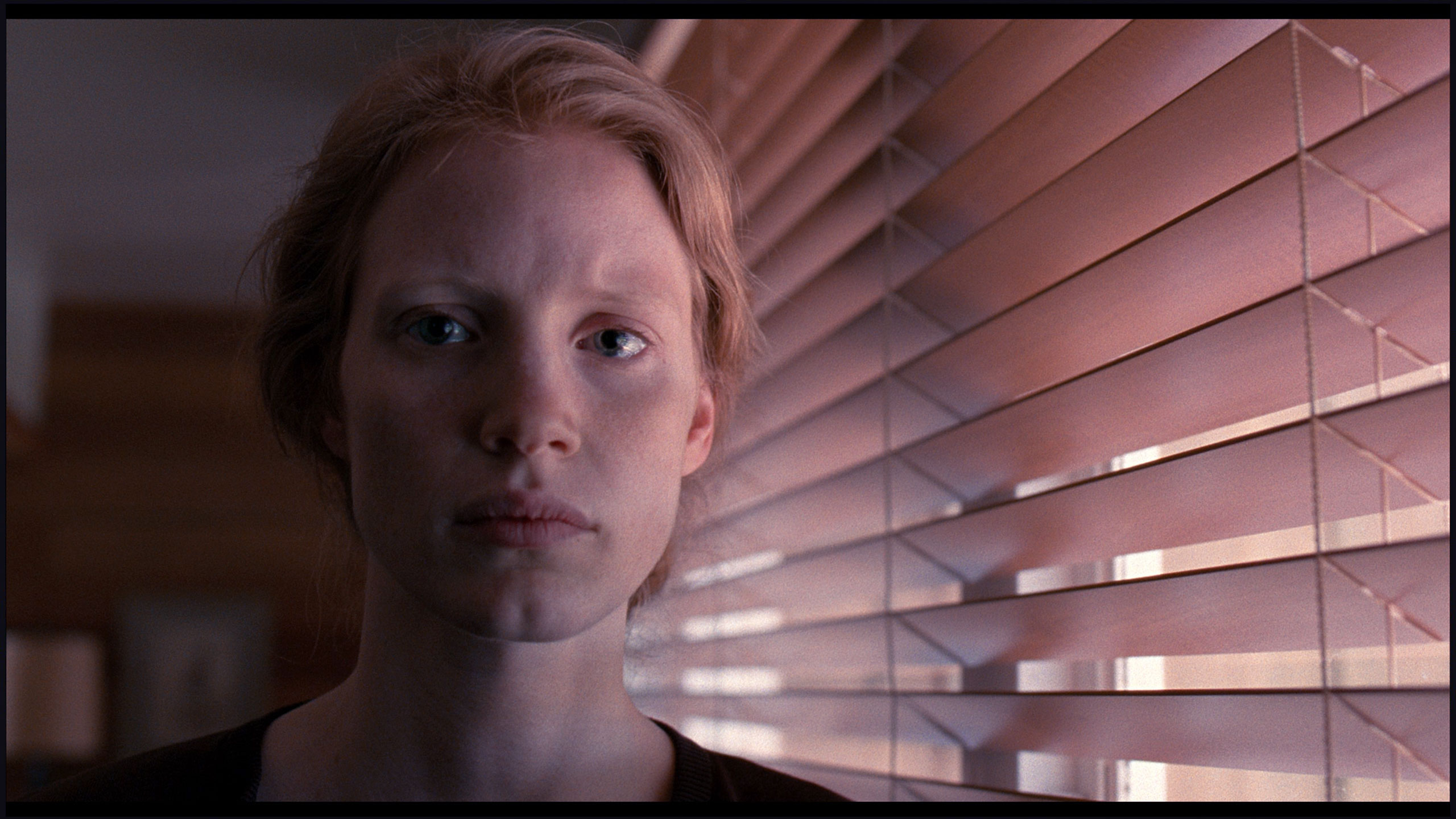
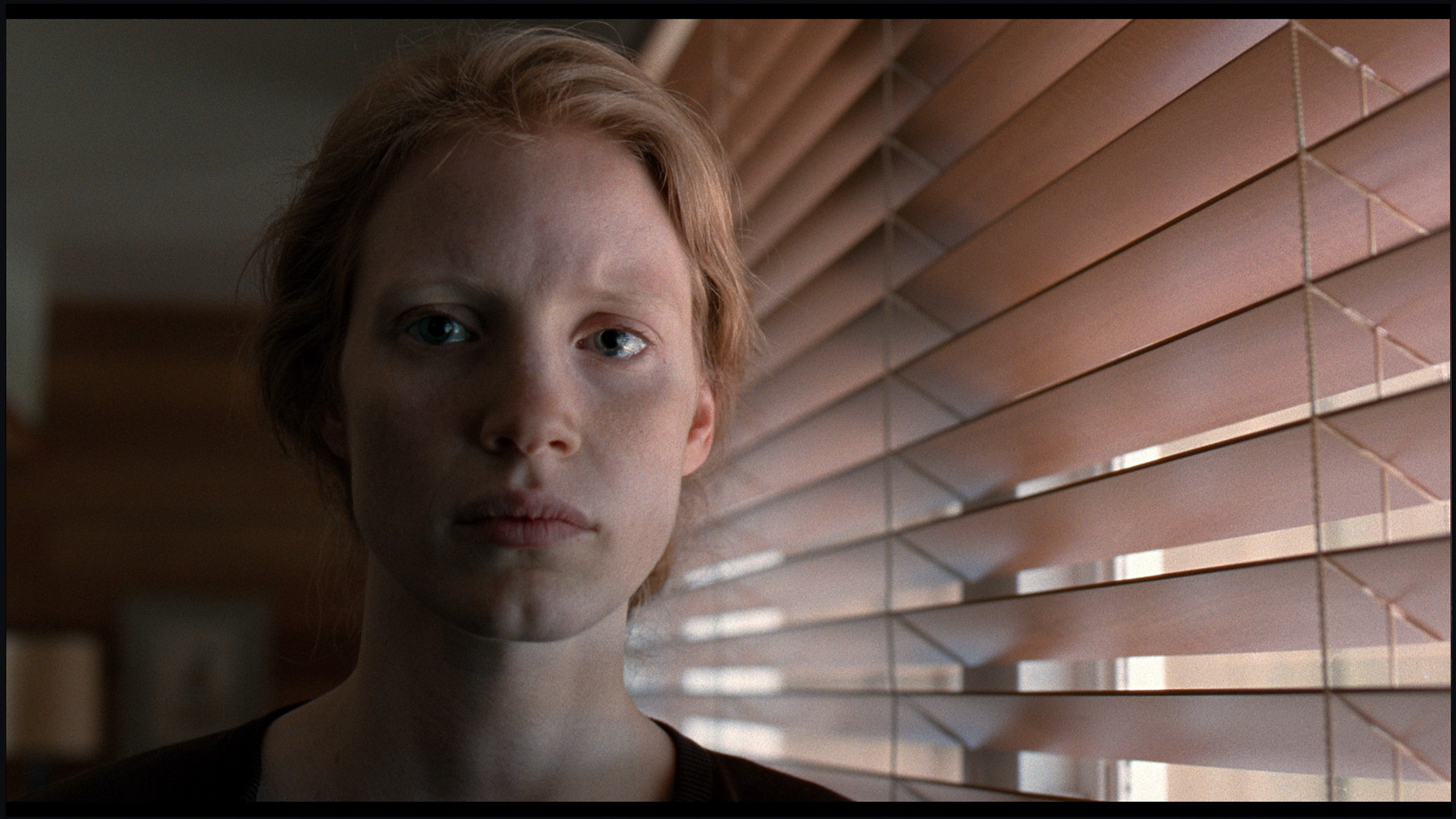
Factory Mode
After calibration
Our test unit, the LG G5, struggled with certain issues in the factory Filmmaker mode. And although most people might have found the picture acceptable, we knew that this television was capable of much more. This mode had a clear excess of blue tint in the white balance, resulting in a significantly cooled image – particularly in HDR modes, where there was additionally a lack of red. The picture appeared cold, and its sharpness was artificially boosted and unnatural. Another significant issue was the brightness characteristics. In SDR content, the situation wasn't the worst, aside from a slight dimming of the entire image. However, it performed much worse in HDR materials – due to improper brightness management, the smallest details could completely disappear from the image, while larger, bright elements looked overexposed and lacking in gradation. Fortunately, the G5 supports calibration using 3D LUT (a tool for professionals for colour calibration), so we decided to make use of its professional capabilities and see what it could really do. Because although it wasn't tragic even before calibration, the potential of this television definitely deserved more.
When it comes to image quality straight out of the box, even in Filmmaker mode, which is supposed to be the closest to reference, there were issues. We noticed clear deviations in white balance in both HD and 4K HDR content. The image was heavily skewed towards red and blue, giving the screen a characteristic pinkish tint. This effect was most noticeable in bright scenes – for example, in shots with a lot of white, where neutral light should naturally dominate. At such moments, the screen clearly took on pink tones, which is also visible in the attached comparison photo. As for the brightness characteristics – it wasn’t as bad as one might expect with such colour inaccuracies. The analysis of the gamma curve and EOTF showed a slight brightening of the image compared to the reference, but not enough to drastically ruin the viewing experience.
Color reproduction after calibration
9.8/10
8/10




After performing the calibration process using professional tools, we can confidently state that the LG G5 offers nearly reference-quality image. Most of the errors related to white balance and the ColorChecker test are below a value of 2, which is a phenomenal result, practically imperceptible to the human eye. And while one could still nitpick that in HDR films the television still has a tendency to slightly dim the smallest elements of the image, in practice this does not negatively affect the overall impression. Kudos to LG, as once again they provide the user with enormous possibilities for adjusting their display – and this, combined with the very good parameters of the panel itself, results in an image that is truly hard to beat.
After calibration, the movie mode has gained a completely new quality. The issue of the pink tint, which had been clearly visible before, especially in bright scenes, has been effectively eliminated. Colours now look much more natural, and the white balance no longer dominates the rest of the image. It is no longer the same exaggerated "box picture" – everything now has coherence and a cinematic character. Additionally, the tendency of the television to slightly brighten scenes, previously visible in the EOTF curve analysis, has been partially corrected. Of course, this is within the limits of what the design allows without local dimming – one cannot speak of perfect brightness management here. Nevertheless, the final effect was definitely closer to what one might expect from a mode called Filmmaker.
Smoothness of tonal transitions
8.5/10
9/10












The fluidity of tonal transitions in the LG G5 is a notable step forward compared to last year's model. Not only has brightness been improved, but also the method of blending colours, which the G4 sometimes struggled with. In the vast majority of scenes, the G5 has no issues with tonal transitions – there is no visible banding typical of WOLED technology, nor are there unsightly breaks between colours. Of course, in very dark areas of the image and with shades of grey, minor imperfections can still be noticed, but these are things that the average viewer would not even register. In short – it is really good.
In terms of the smoothness of tonal transitions, the LS03F maintains a high standard – just like last year’s models. The television did not encounter any issues when testing more challenging film scenes, where noticeable transitions between shades of colour can easily occur. The colour gradation is very good here – both in the lighter and darker areas of the image. We did not observe the typical banding effect or other disturbances that could be distracting while watching films. If we were to nitpick, in the most demanding scenes – with subtle transitions and delicate gradients – minor imperfections can be detected. But only if one approaches the screen very closely and begins to analyse the image from a distance not intended by the manufacturer.
Image scaling and smoothness of tonal transitions
8.7/10
6.7/10
Smooth transition function
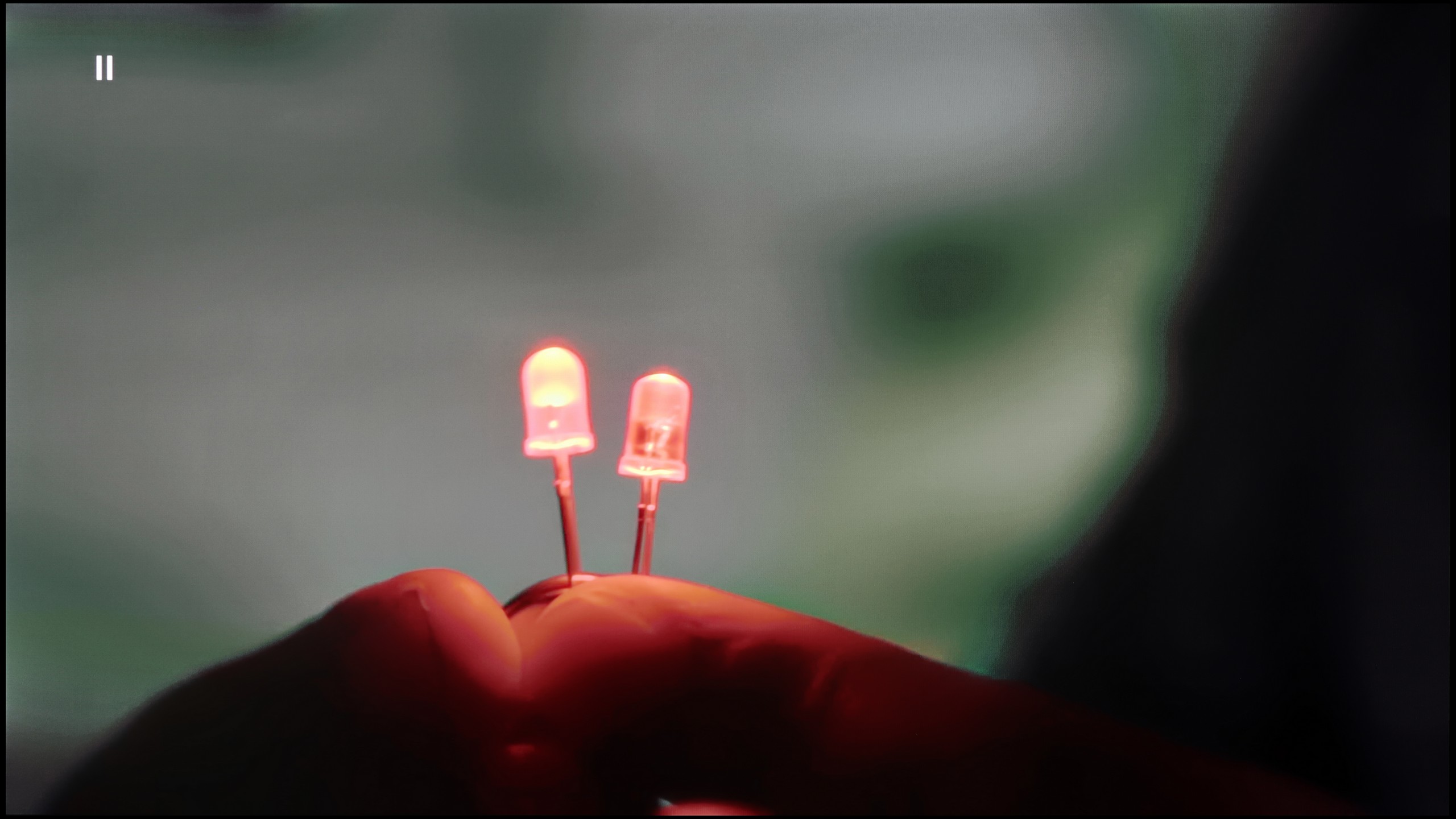
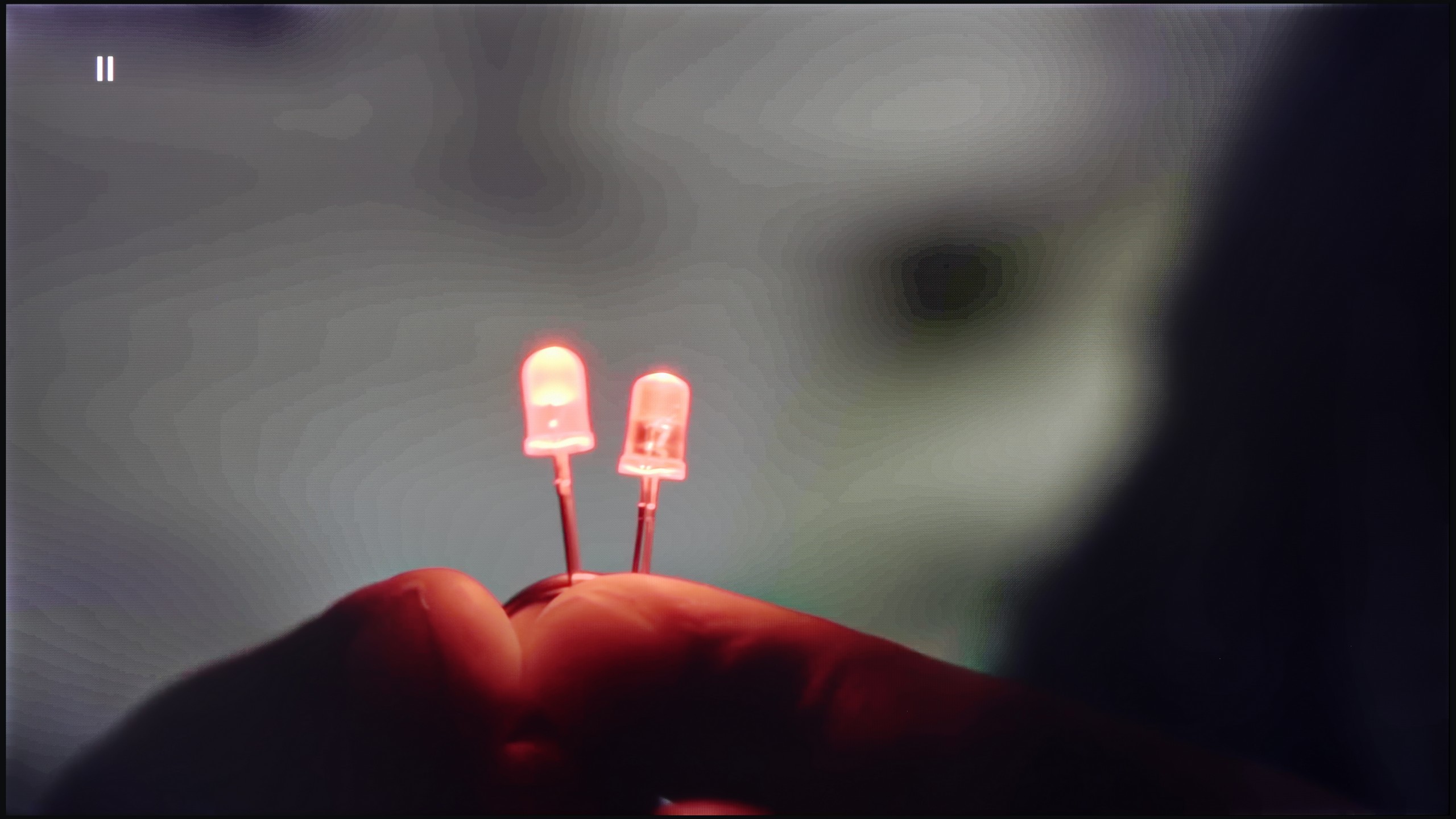
Image without overscan on the SD signal


Upscaling and digital image processing in the LG G5 are quite impressive. The television handles lower quality content very well, especially when the "Smooth Gradation" feature is set to a low level. In this mode, it effectively removes unwanted artifacts and issues with visible tonal transitions. It may also slightly smooth out some desirable details, such as the subtle texture of clothing or skin, but importantly – it does not remove film grain, so it's difficult to speak of a serious compromise here. This is one of those options that is definitely worth enabling.
The G5 also performs well with upscaling, which improves the quality of older materials. The test image with the model looked really solid – slight jaggedness was visible, but that's an effect that cannot be completely avoided. Additionally, there were no problems with overscan, which – contrary to appearances – is not at all obvious, even in 2025.
LS03F has been equipped with the NQ4 processor, which is responsible for improving image quality – particularly in lower quality materials. In practice, this works surprisingly well, especially when it comes to older content and recordings with lower resolution. Activating the "noise reduction" function yields noticeable effects. The TV effectively smooths tonal transitions and removes digital noise that can appear in darker areas of the image. Compared to previous generations, there is a clear advancement – previously, this function often smoothed everything too much, including details that it shouldn't remove. In this year's model, smoothing still occurs, but in a much more acceptable manner. Textures of materials, skin, and fabric details are no longer subdued as strongly as before – the image retains more naturalness. However, this does not change the fact that film grain is still removed by the TV, which may not appeal to everyone. On the other hand, it is no longer as aggressive an intervention as in previous models. It is also worth mentioning that the LS03F may struggle with very weak signals – for example, from VHS tape recordings or low-resolution video. In such cases, we noticed slight clipping of the image at the edges – so-called overscan. This can lead to a situation where a small part of the image (e.g., subtitles at the bottom edge) gets cut off.
Blur and motion smoothness
8.5/10
6.9/10
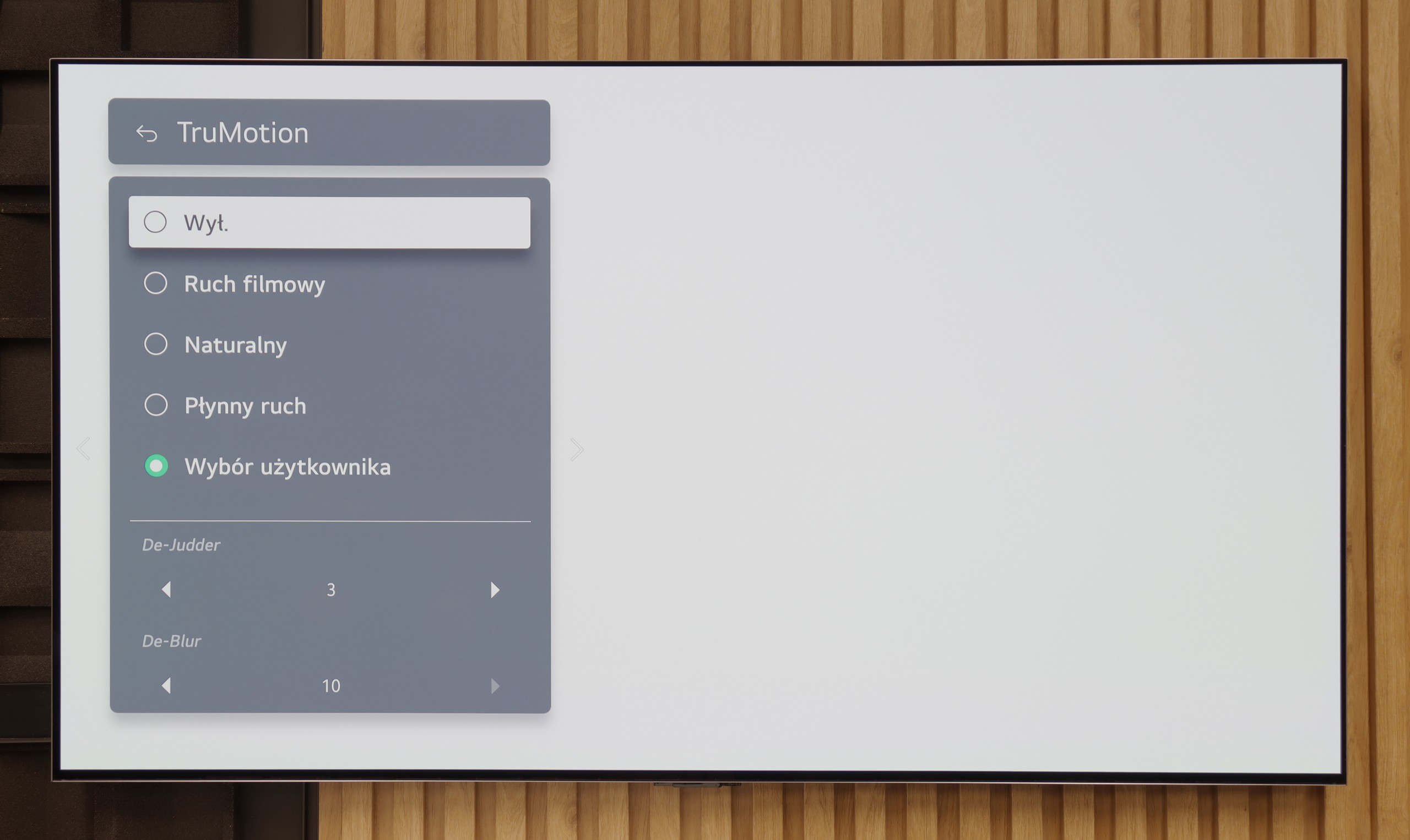
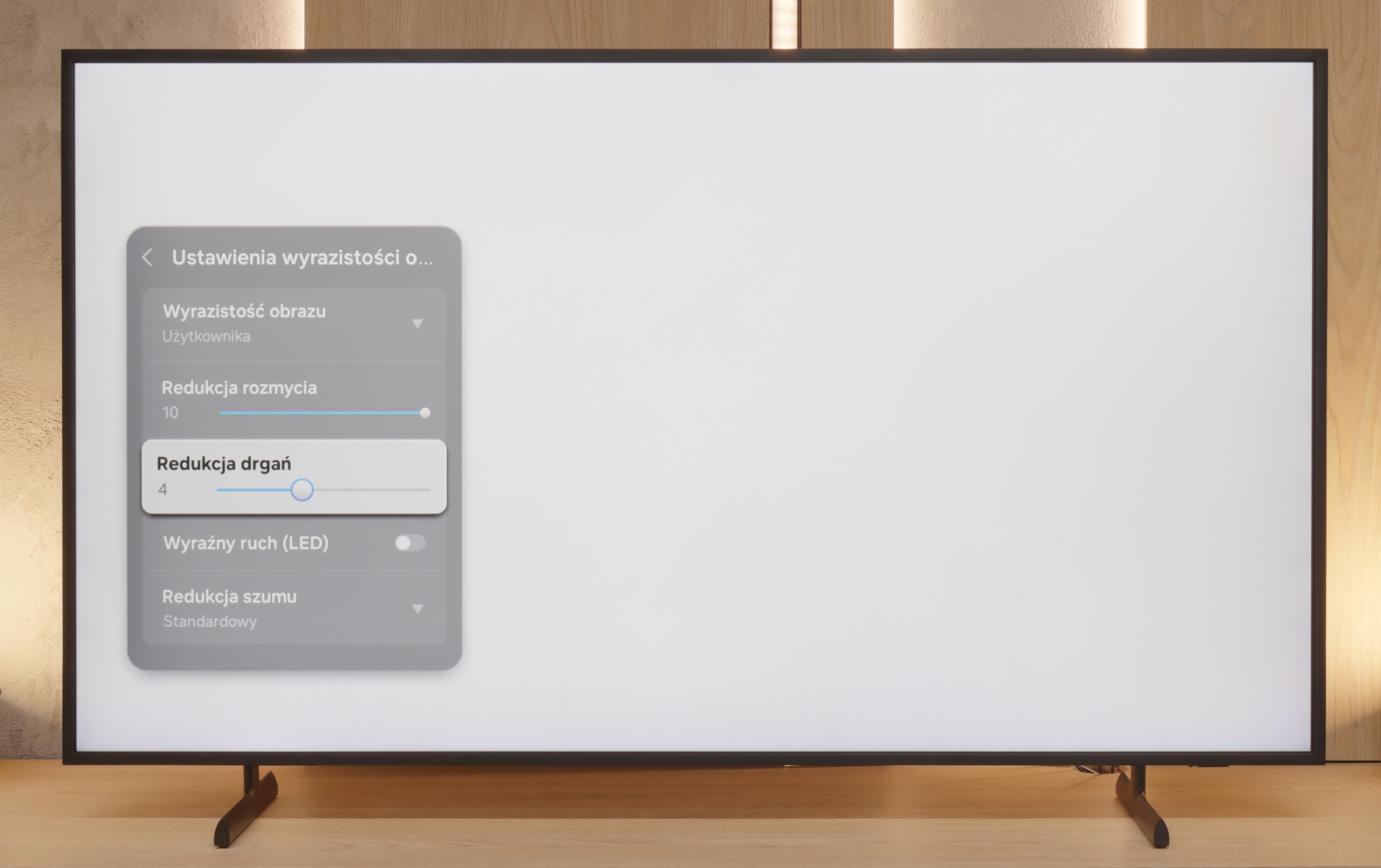
Blur (native resolution, maximum refresh rate):






Blur (BFI function enabled):
Image flickers in this mode



Image flickers in this mode



Smużenie (4K 165Hz):



Smużenie ():
The motion smoothness on the LG G5 is simply phenomenal. The television is equipped with a 165 Hz refresh rate panel, and this, combined with the instant response time of the OLED matrix, delivers incredible results. The image does not tear or stutter like on traditional LCD televisions. Like most LG models, the G5 is equipped with a motion smoother, which can be useful when watching films – we are, of course, referring to the TruMotion mode. With the "De-Blur" and "De-Judder" sliders, we can adjust the smoothness of older materials according to our own preferences, whether we want to maintain the characteristic film stuttering or lean towards a more fluid, television-like effect.
The new feature in The Frame for 2025 is a display with a refresh rate of 144 Hz. Yes – in a television that is mainly associated with displaying works of art, you can now not only watch Van Gogh but also comfortably play on a console or follow dynamic sports events. This is a definite step towards greater versatility. In the case of Samsung films, as usual in models with a display rate of 120 Hz and above, it allows you to adjust motion smoothness according to your preferences. You can set a more cinematic reproduction while maintaining frame rate or opt for full motion smoothing. The range of options is broad, allowing you to tailor the effect to your own taste – whether the viewing experience is meant to resemble classic cinema or a show on a modern theatre screen.
*this part of the test refers to the LS03FAU model in sizes 55 and 65 inches, which is equipped with a 144Hz panel, while sizes 43 and 50 inches have 60Hz displays, and thus perform much worse in terms of motion smoothness.
Console compatibility and gaming features
10/10
8.2/10
- ALLM
- VRR
- VRR range40 - 165Hz48 - 144Hz
- Dolby Vision Game Mode
- Correct implementation of HGIG
- 1080p@120Hz
- 1440p@120Hz
- 4K@120Hz
- Game bar
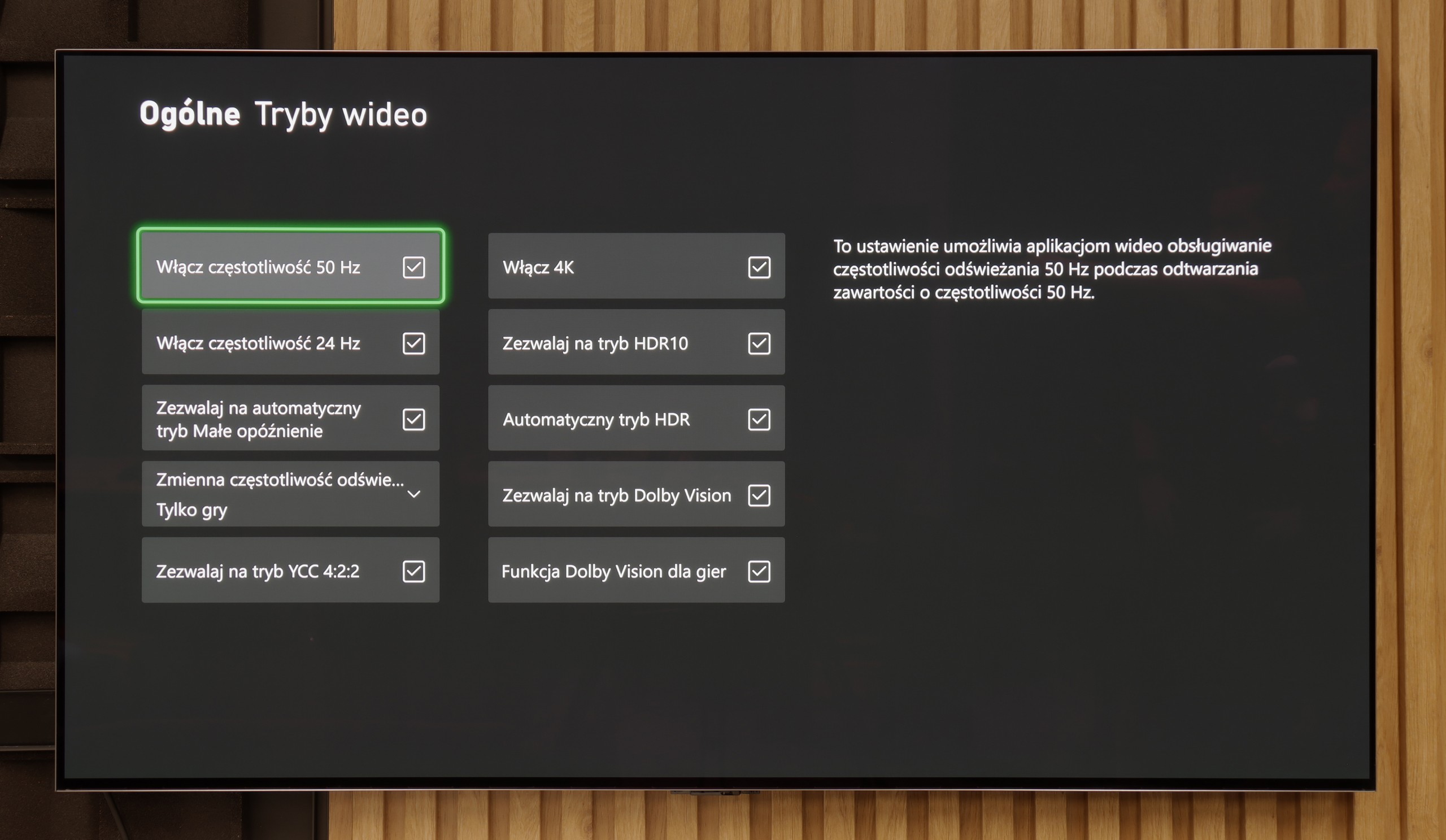
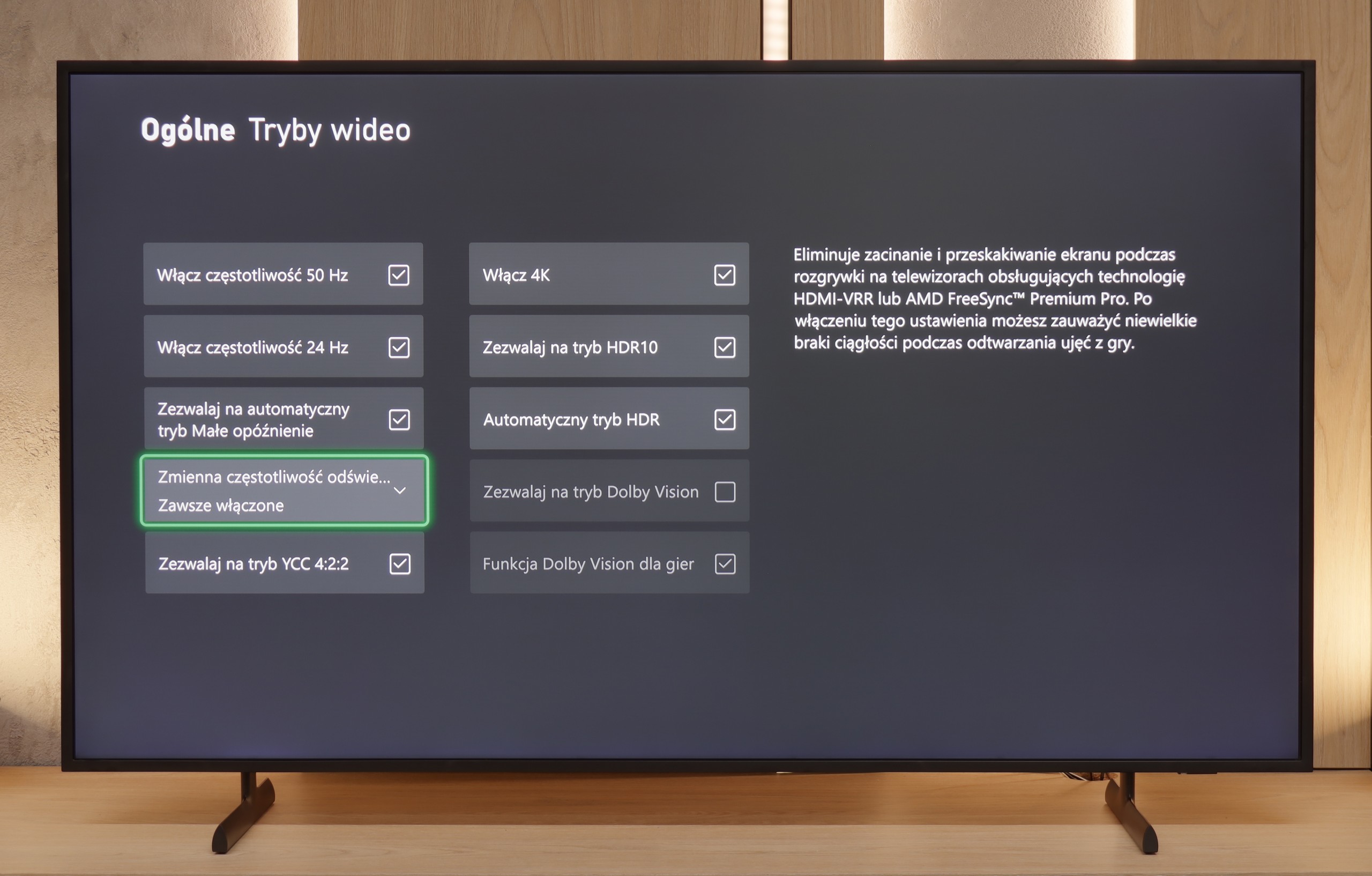
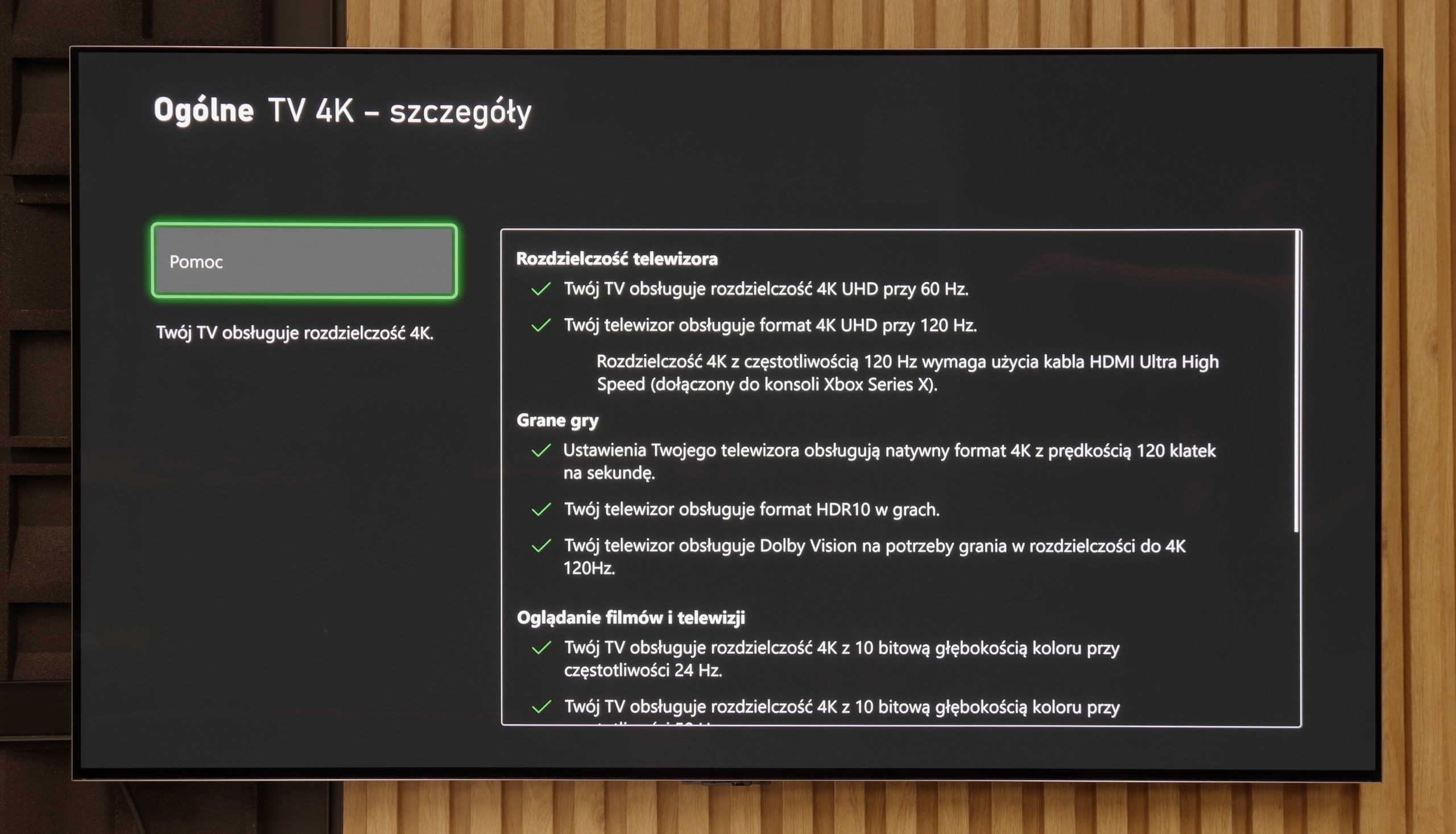
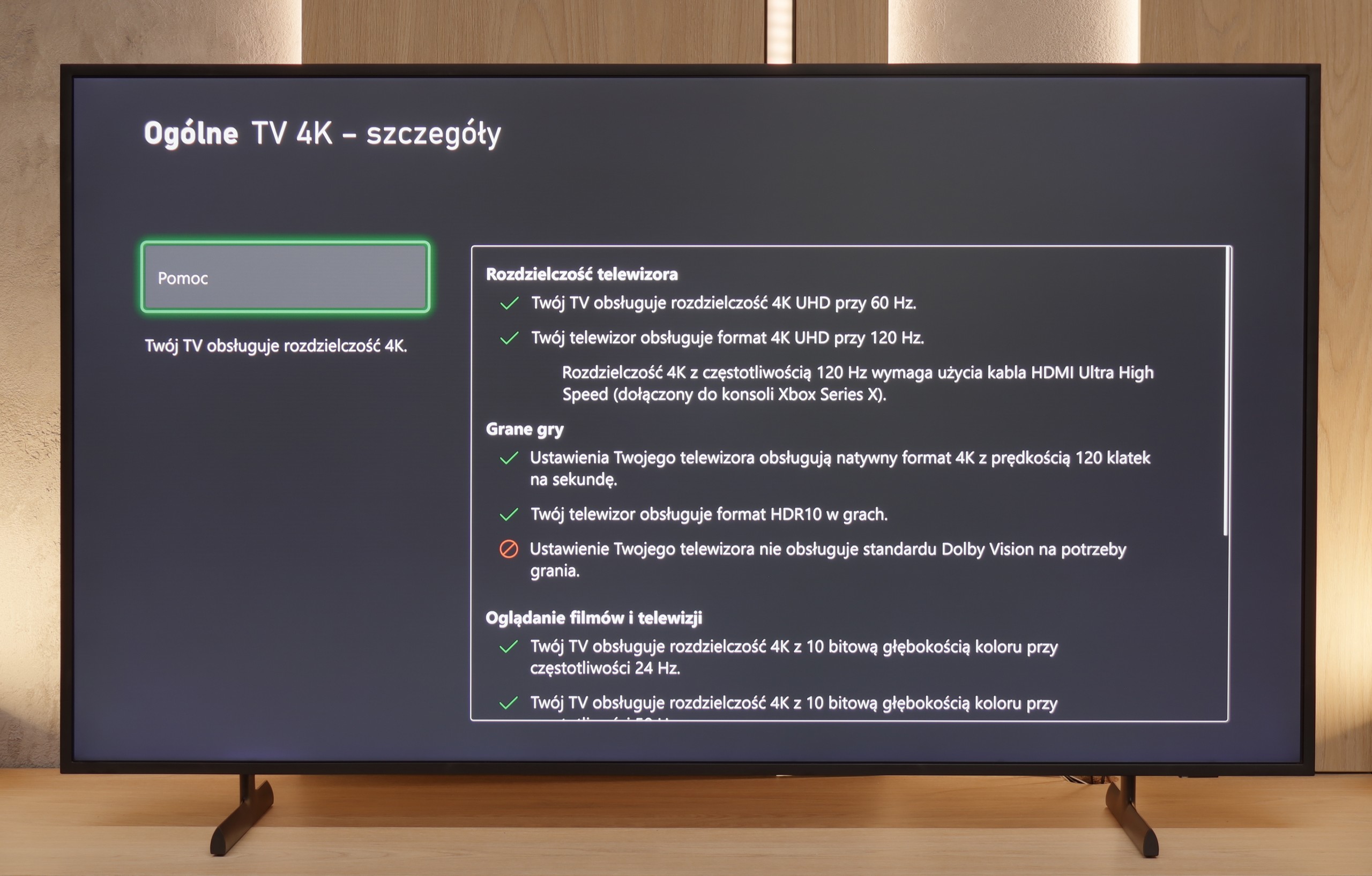
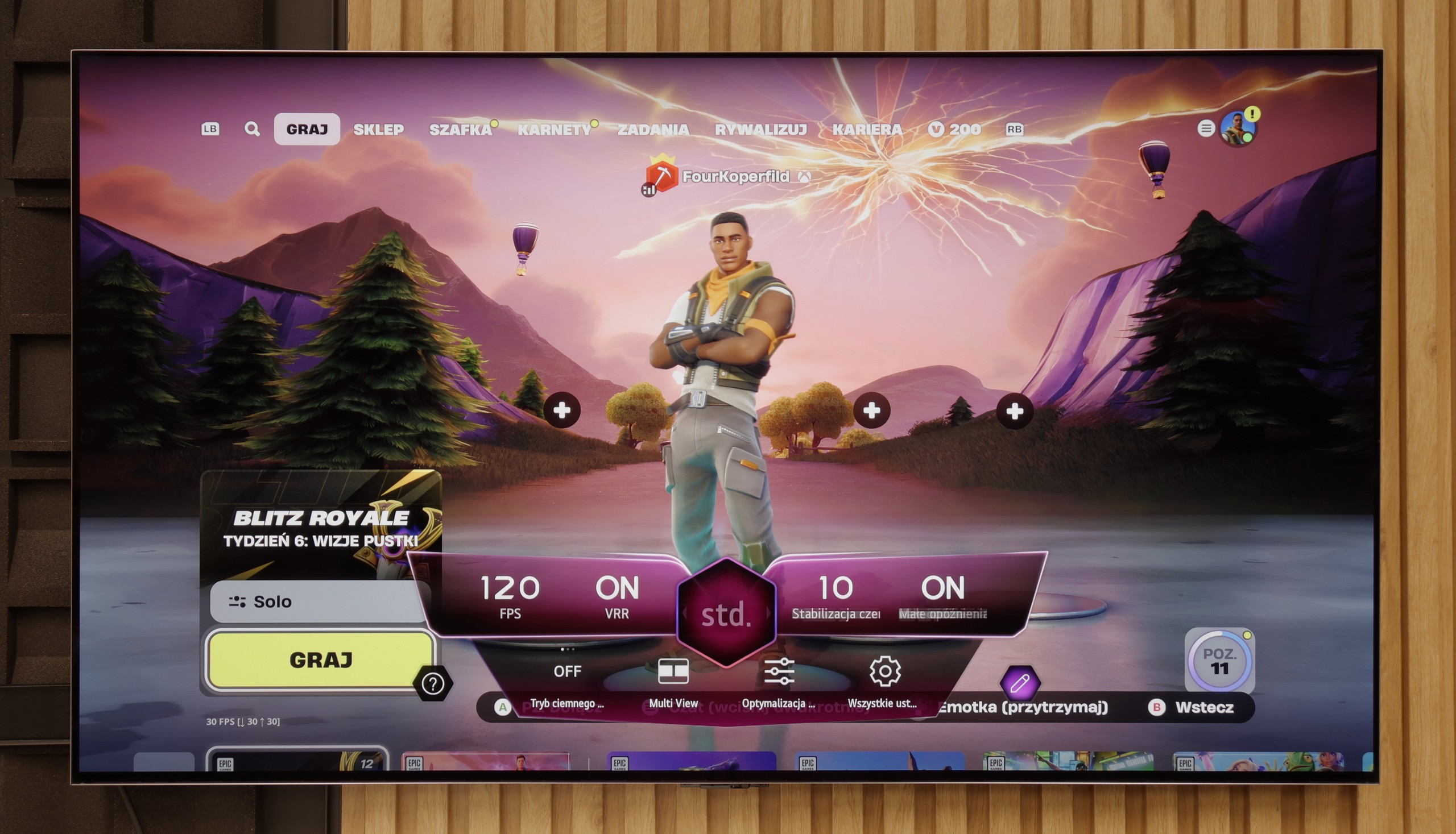
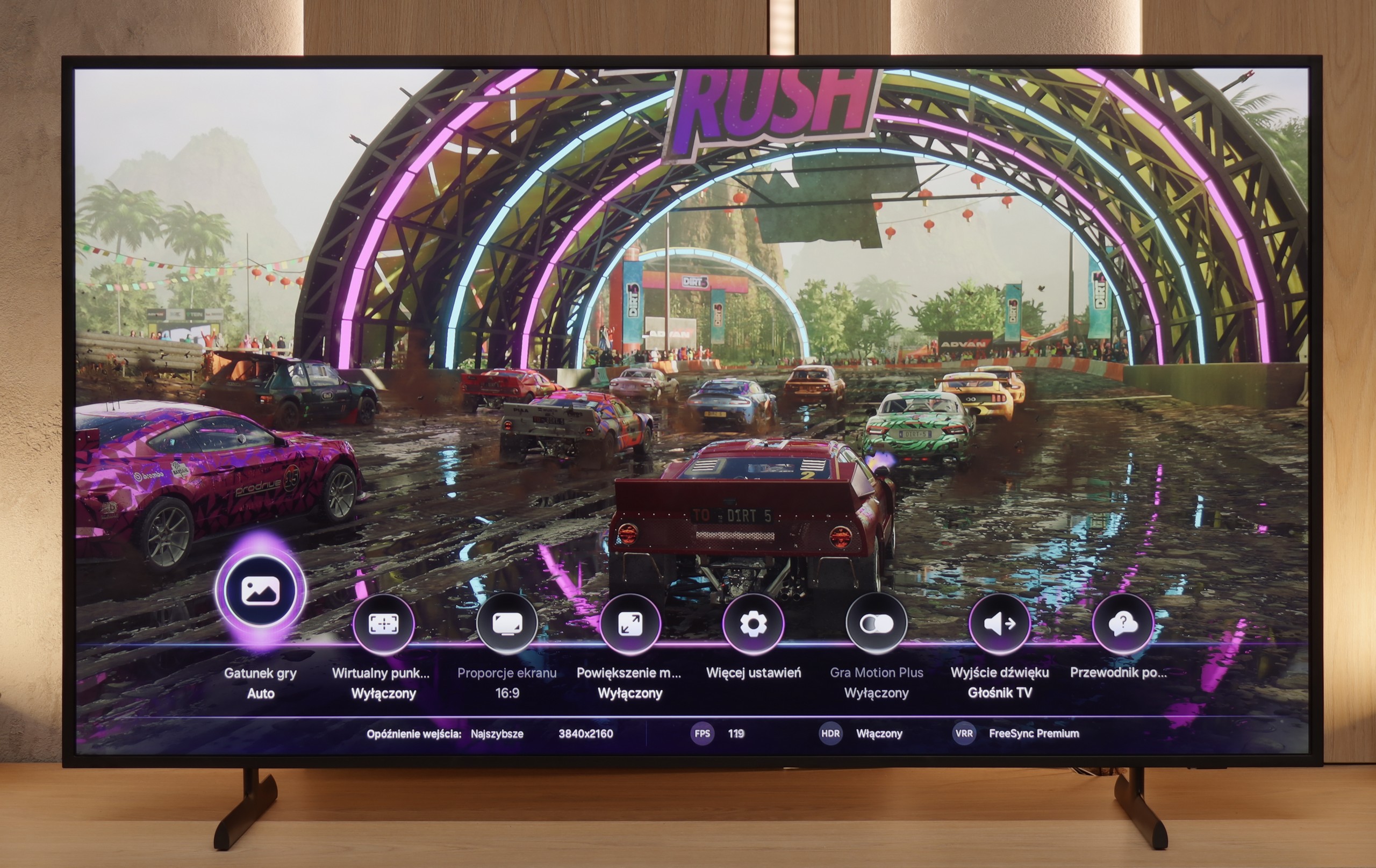
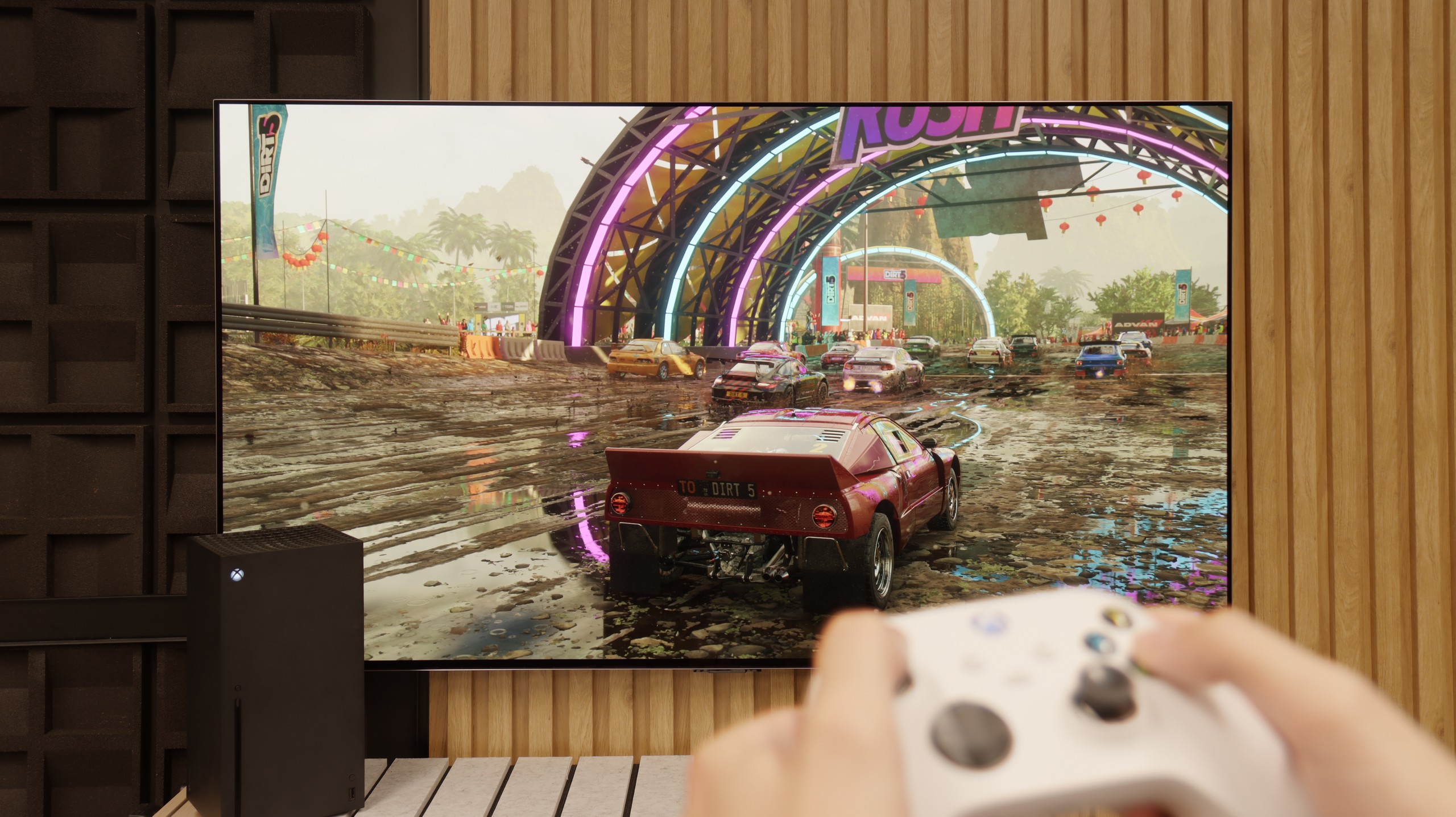
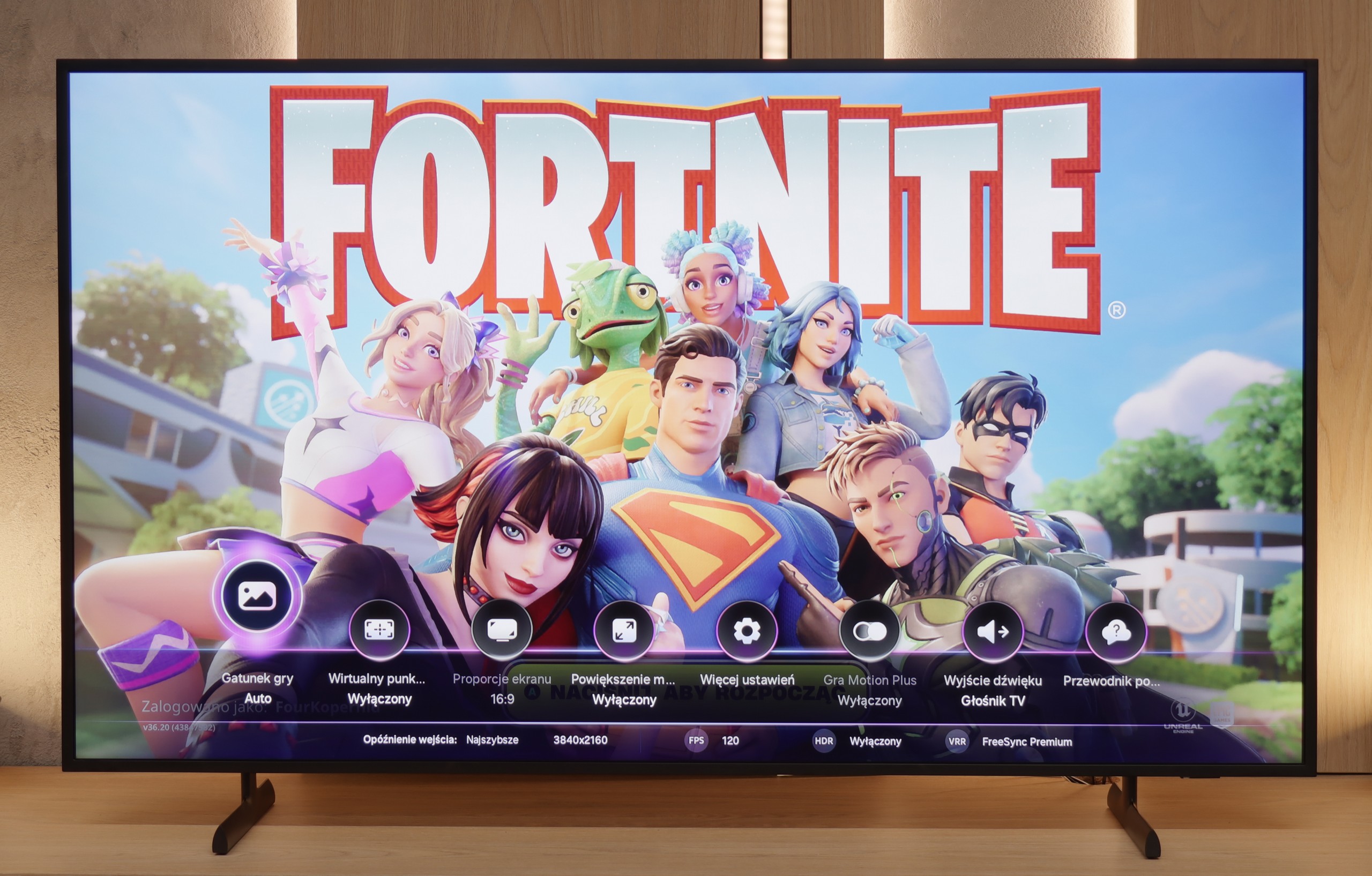
Features for gamers? Perfect. That should be sufficient for you to know what level we are dealing with here. The G5 is a television designed with gamers in mind, so we will find literally everything you could expect from a gaming screen. There is a Game Bar, there is support for high resolutions with high refresh rates – that is, 4K at 120 Hz, and even more, as the panel has a refresh rate of 165 Hz (which PC gamers will benefit from). The television supports variable refresh rate (VRR), automatic low latency mode (ALLM), and also correctly handles HDR in games thanks to the HGiG function. All of this adds up to one of the best sets of gaming features available on the market. Well done, LG.
As we mentioned earlier – although The Frame is likely to display images and works of art most of the time, Samsung recognised that a Van Gogh enthusiast could just as easily be an avid gamer. And it must be admitted that The Frame 2025 has almost everything needed to become a full-fledged gaming television.
On board, we find support for ALLM (Automatic Low Latency Mode) and Variable Refresh Rate (VRR) thanks to the implementation of one HDMI 2.1 port. The television handles lower resolutions at higher refresh rates effortlessly and features an advanced Game Bar – already known from other Samsung models – which allows for a quick preview and change of the most important gaming-related settings. For this, it earns extra points from us. The proprietary motion smoother Auto Motion Plus Game is also worth mentioning, which – it is worth emphasising – operates without increasing input lag. Samsung remains the only manufacturer that has managed to implement this feature in a practically invisible manner in terms of delays. The effect? Much better fluidity in games, especially those that struggle to maintain a stable 60 frames per second. This solution can realistically improve the gaming experience in more demanding titles – particularly on consoles, which do not always manage full fluidity, especially in AAA games.
As for the downsides – the lack of Dolby Vision is already considered standard in Samsung televisions, so there is not much to particularly criticise here. However, there is a different issue entirely. In the latest version of the Tizen system, the HGiG option has disappeared. Literally – it is not there. This is a significant hindrance when configuring the console for proper HDR content display in games. It is hard to understand why such a decision was made, but one thing is certain – this should be fixed as soon as possible. We are talking about a brand that has set standards for gaming on televisions for years. If HGiG returns – and we hope it will – The Frame LS03F can confidently aspire to be called a genuine gaming television. Not just as a decoration on the wall, but as equipment that truly provides joy in gaming.
Input lag
9.9/10
10/10
SDR
HDR
Dolby Vision
The input lag on the LG G5 is incredibly low. The reaction time to our actions – whether we're playing with a controller, keyboard, or mouse – is almost perfect. The controls are instantaneous, and the game responds exactly when we expect it to. The Dolby Vision Gaming mode does introduce slightly higher latencies, but even then it's hard to nitpick – in the worst case, the values hover around 20 ms, which for most gamers will be practically unnoticeable.
In terms of input lag, Samsung maintains a high level – and a very high one at that. The LS03F, like most of this year's models from the brand, achieves a score of 8 ms for 4K content, which is practically a reference value. This result allows for gaming even in the most dynamic titles without delays and with full responsiveness. Well done!
Compatibility with PC
8.8/10
8.2/10
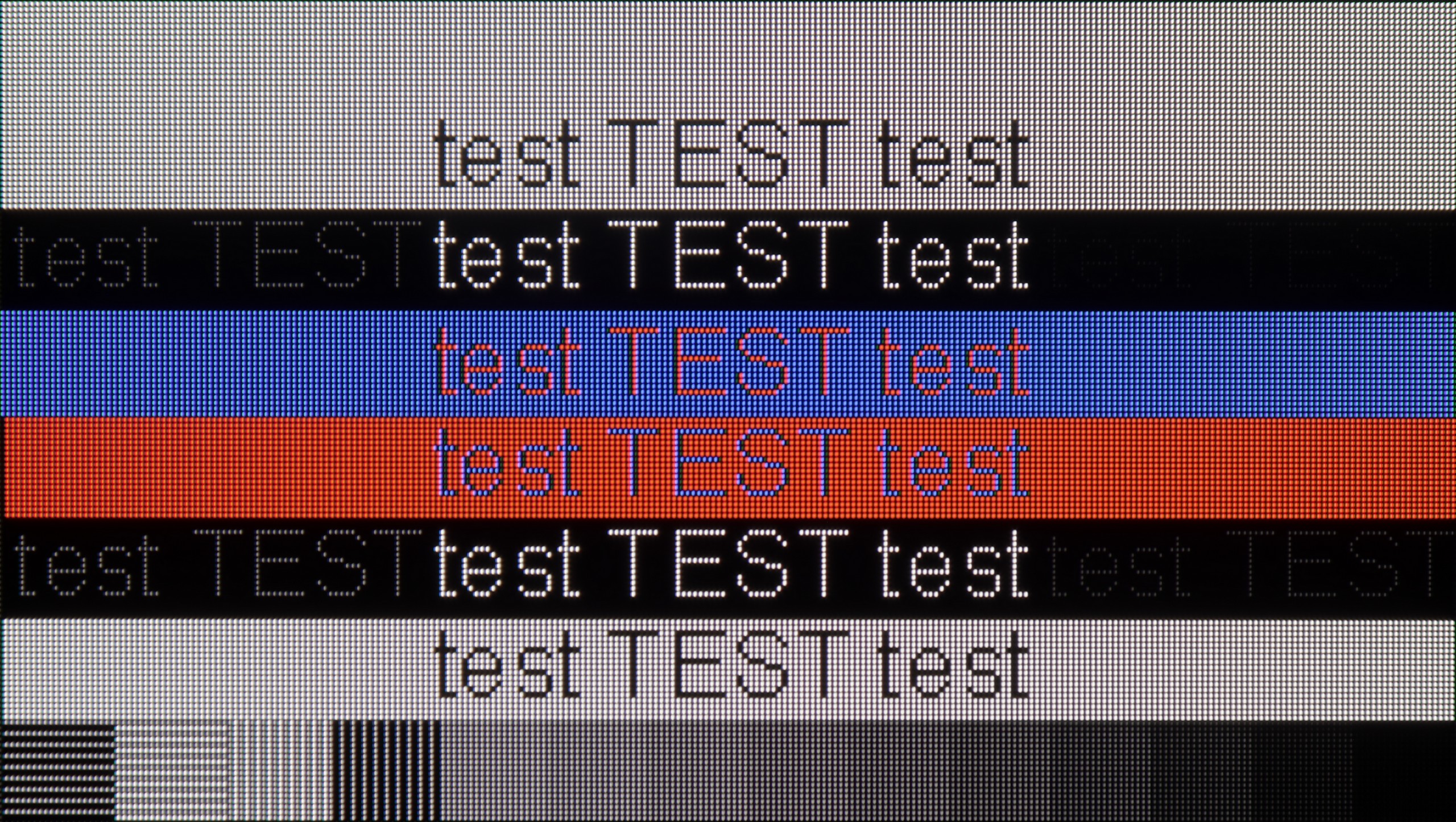
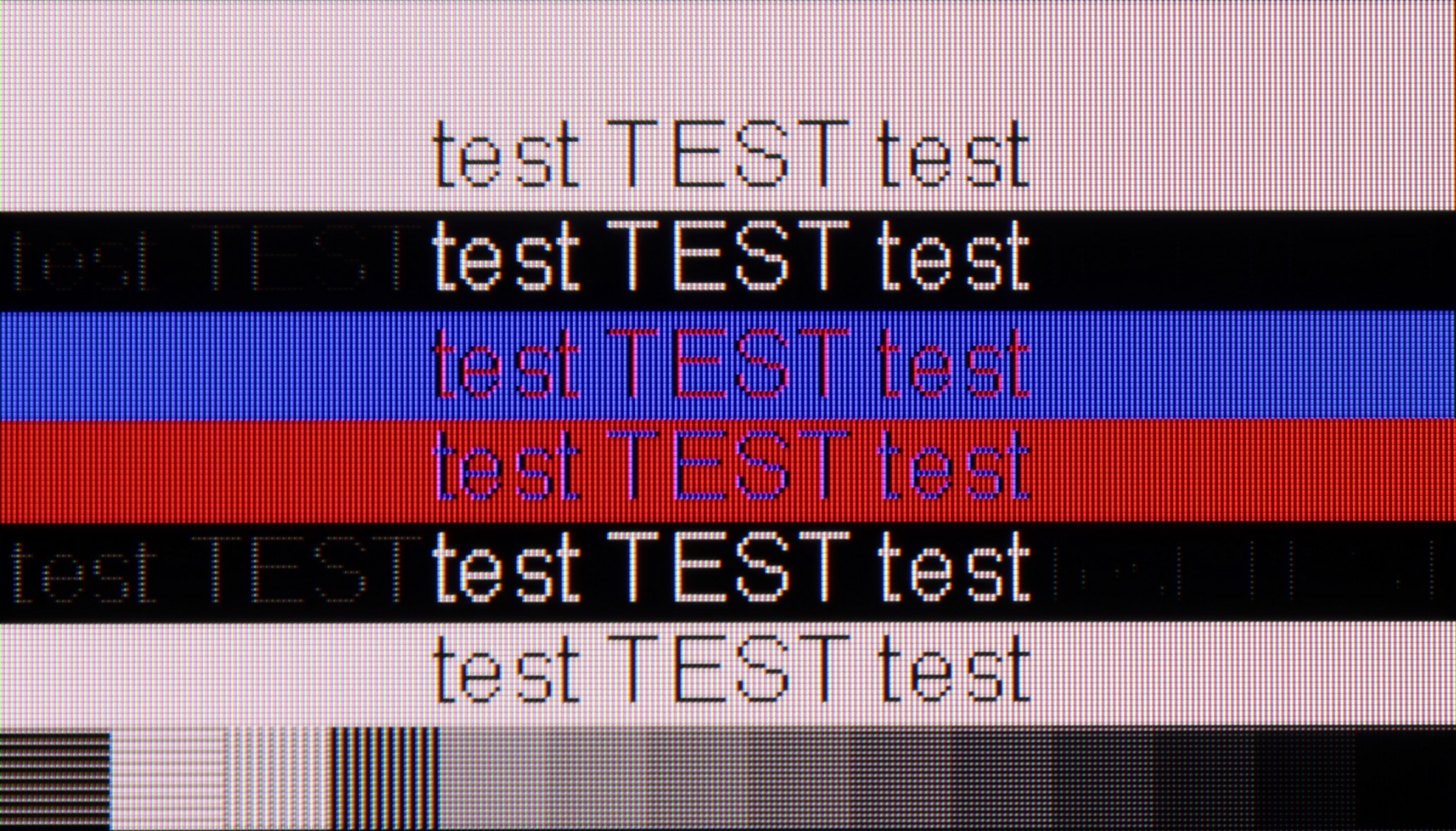
Collaboration with a PC? Nearly perfect. The television, as we mentioned earlier, has fantastic features for gamers – including those using a PC. Onboard, we find full G-Sync certification, a 165 Hz panel, and a super-fast input lag of around 5 ms. Thanks to the correct implementation of chroma 4:4:4, fonts are very easy to read – both the smallest and the largest. Although due to the WRGB subpixel layout, there may be slight shadows around the characters, for most users this effect will be virtually unnoticeable. The G5 excels as a screen for work, entertainment, and gaming – also from a computer.
The collaboration of The Frame 2025 with a computer is not a significant problem. Let's start with gaming, as this is where this model demonstrates its strengths – support for 144 Hz signal, low input lag, and compatibility with G-Sync technology (for NVIDIA cards) make it hard not to regard it as a fully-fledged gaming monitor. It is one of the more interesting "PC gaming" televisions available on the market in this category.
When it comes to everyday work, the situation looks equally good. The Frame handles chroma 4:4:4 without any issues, resulting in good font readability and overall user comfort. We only noticed minor problems with dimming very thin lines and dark details on a light background – this effect may occur especially when working with small interface elements. However, in practice, with a 55-inch diagonal screen and standard office working distance, it will be difficult to realistically notice this problem. Nonetheless, it is worth keeping this in mind if the television is to serve as a monitor not only for entertainment but also for precise work with graphics or text.
Viewing angles
7.5/10
3.5/10
The viewing angles on the LG G5 are very good, mainly due to the use of a WOLED panel. It's hard to find fault here – the image does not significantly lose brightness or quality even when viewed from the side. However, it should be fairly noted that there is a slight regression compared to the G4 model. The predecessor used an MLA panel with micro-lenses, which offered slightly better light distribution. Also, compared to QD-OLED panels, the angles are worse. Nevertheless, the overall perception of the image at an angle remains very good and should not be an issue in everyday use.
As could be expected from a VA panel, the viewing angles on The Frame 2025 are at best mediocre. The image loses saturation and contrast when moved off-axis. It's a pity because we are talking about a model that displays digital artworks in standby mode – and it is precisely in such moments that wide viewing angles would make the most sense, enhancing the experience of engaging with a real image rather than just its screen imitation.
Perhaps in the future, manufacturers will decide to introduce special coatings or modified versions of VA panels that improve this aspect – because for lifestyle televisions, it would have real significance not only in terms of functionality but also aesthetics.
TV efficiency during daytime
8/10
6.3/10
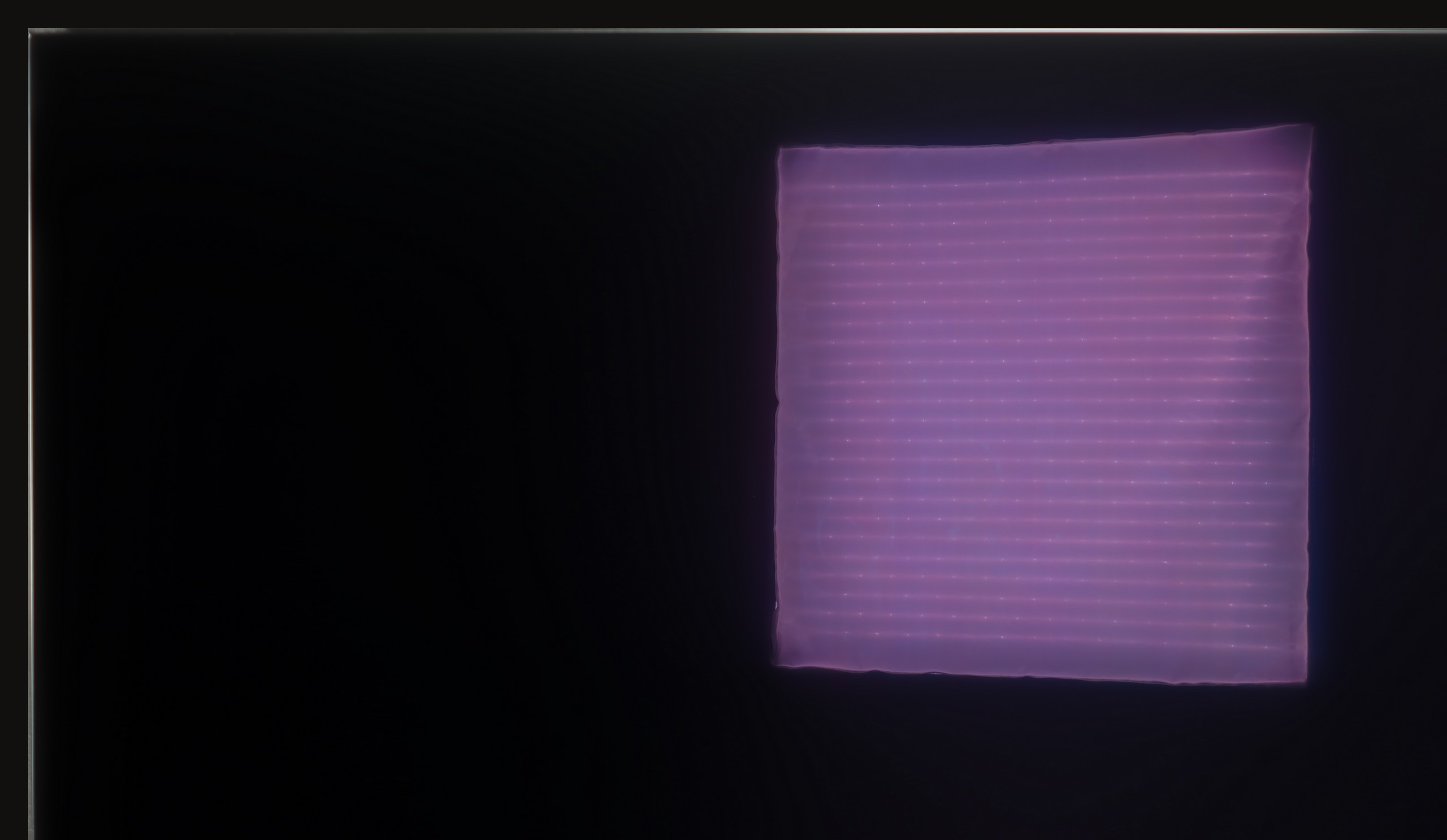
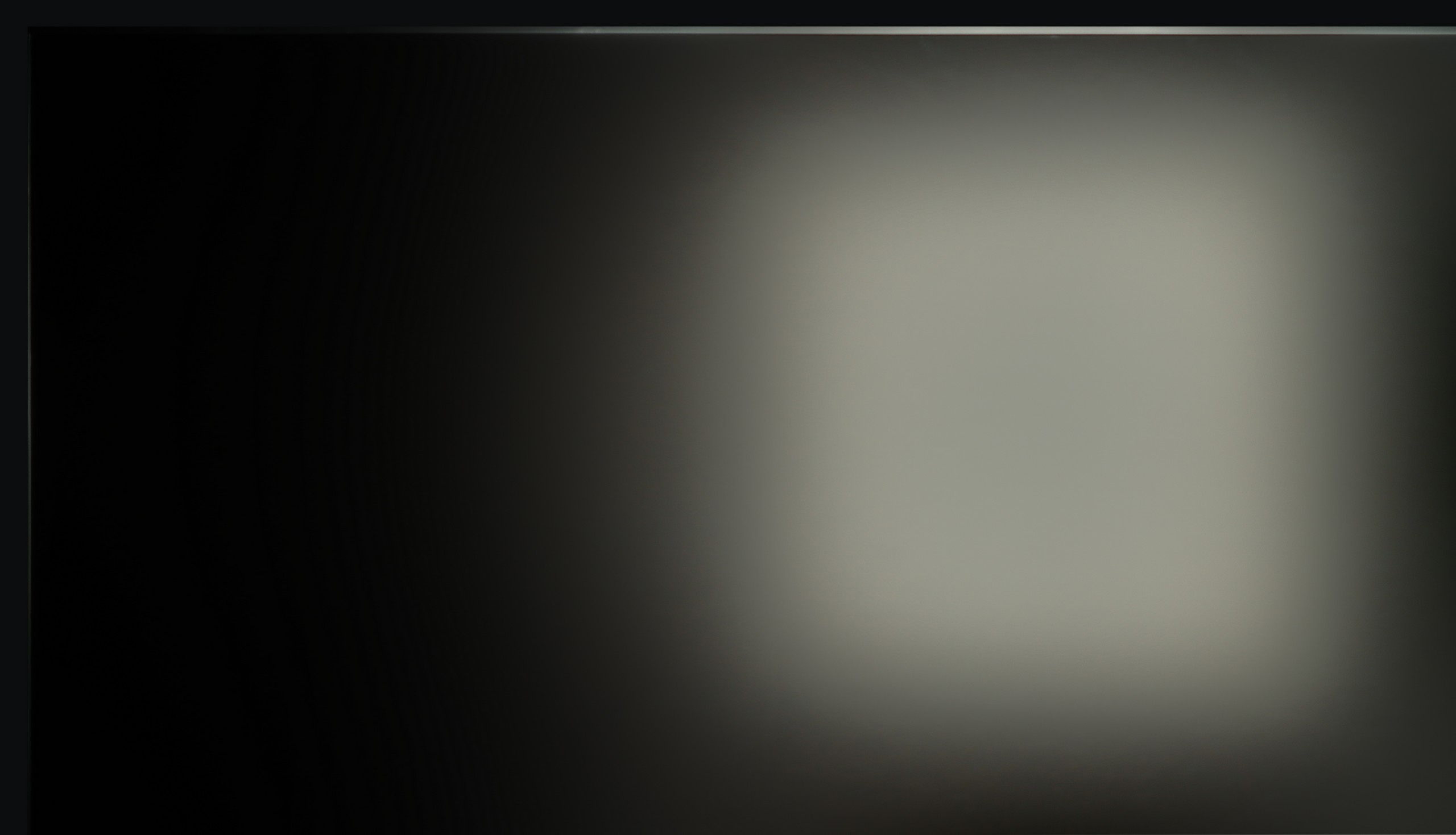


Matrix brightness
Average luminance SDR
Samsung The Frame 2025 (LS03F): 596 cd/m2
LG OLED G5: 810 cd/m2
The LG G5, thanks to its very high brightness, performs excellently in bright rooms. Even with SDR content, the average brightness value is around 800 nits, which is significantly more than in standard televisions. It will handle a bright living room with ease. Although the panel averages moderate reflection suppression, it still maintains significantly better blacks and colours during the day than QD-OLED panels or those with a matte finish. The G5 will perform well in very sunny rooms – unless you truly cannot stand reflections on the screen. In that case, you will need to use blinds or consider purchasing a television with a matte panel.
One of the most characteristic elements of The Frame is its matte display – and it must be said that Samsung has really refined this aspect. From our experience, it is one of the best solutions for suppressing light reflections, especially direct ones. If screen reflections can be irritating, it will be difficult to find a better display in this budget than the matte panel used in Samsung TVs. Of course, this comes with a certain compromise. In very bright sunlight, colours may appear slightly washed out, and the image loses a bit of depth. However, it is something we consciously accept when choosing a matte screen – something for something. In practice, the colours and contrast on Samsung's matte screen are still better than on Chinese designs such as the TCL NXT Vision or Hisense Canvas TV. If effective suppression of reflections and the desire to use the television also as a "digital picture" in bright rooms is a priority, then there is hardly a better choice.
The Frame achieves around 600 nits of brightness, which combined with the matte finish allows the television to perform well in brightly lit daytime conditions. It may not be at the level of flagship models, but in everyday use – in a living room with plenty of light – it handles it without any problems.
Details about the matrix
Subpixel Structure:
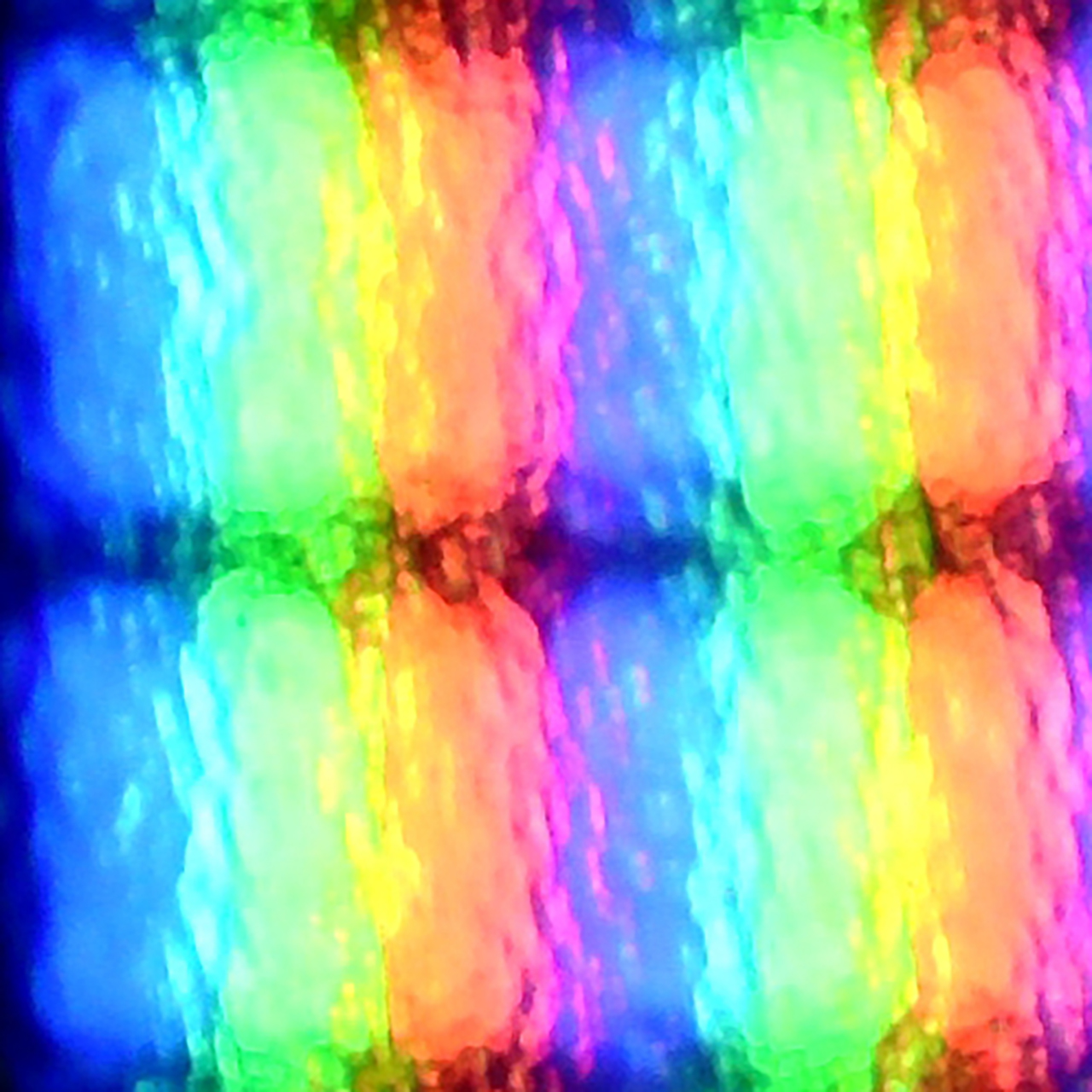
Panel uniformity and thermal imaging:

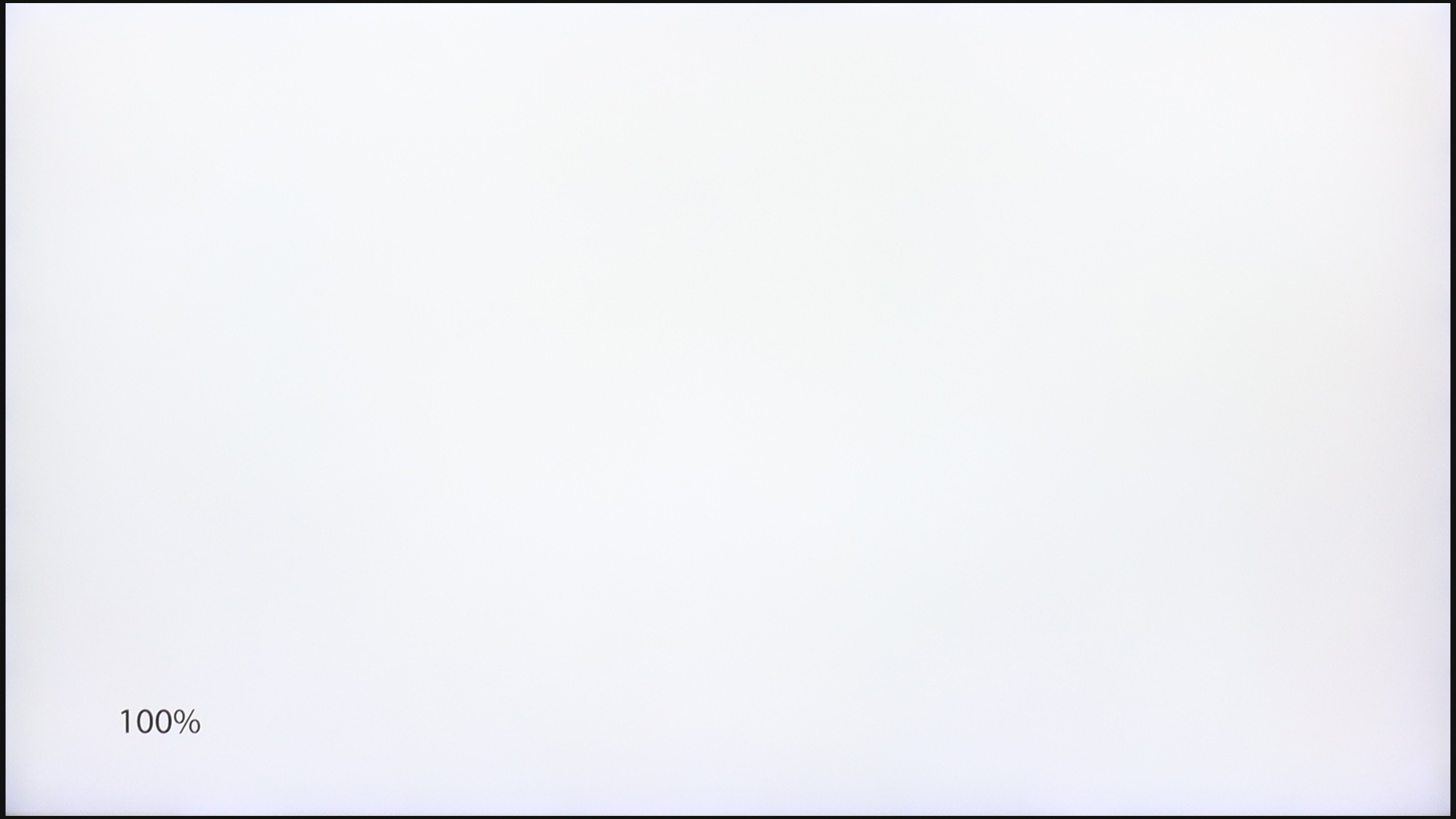
TV features
8.5/10
7.2/10
- HDMI inputs0 x HDMI 2.0, 4 x HDMI 2.1 48Gbps3 x HDMI 2.0, 1 x HDMI 2.1 40Gbps
- Other inputsIR (remote)
- OutputsToslink (Optical audio), eARC (HDMI), ARC (HDMI)Toslink (Optical audio), eARC (HDMI), ARC (HDMI)
- Network InterfacesWi-Fi 2.4GHz, Wi-Fi 5GHz, Ethernet (LAN) 100MbpsWi-Fi 2.4GHz, Wi-Fi 5GHz
- TV receptionDVB-T, DVB-T2, DVB-S, DVB-S2, DVB-CDVB-T, DVB-T2, DVB-S, DVB-S2, DVB-C
Classic features:
- Recording to USB (terrestrial TV)
- Recording programming
- Picture in Picture (PiP)
- RF remote control (no need to aim at the screen)
- Backlit remote control
- Teletext
- Audio only mode
- Bluetooth headphones support
- Simultaneous Bluetooth headphones & TV audio
Smart features:
- AirPlay
- Screen mirroring (Windows Miracast)
- Voice search
- Voice search in native language
- Ability to connect a keyboard and mouse
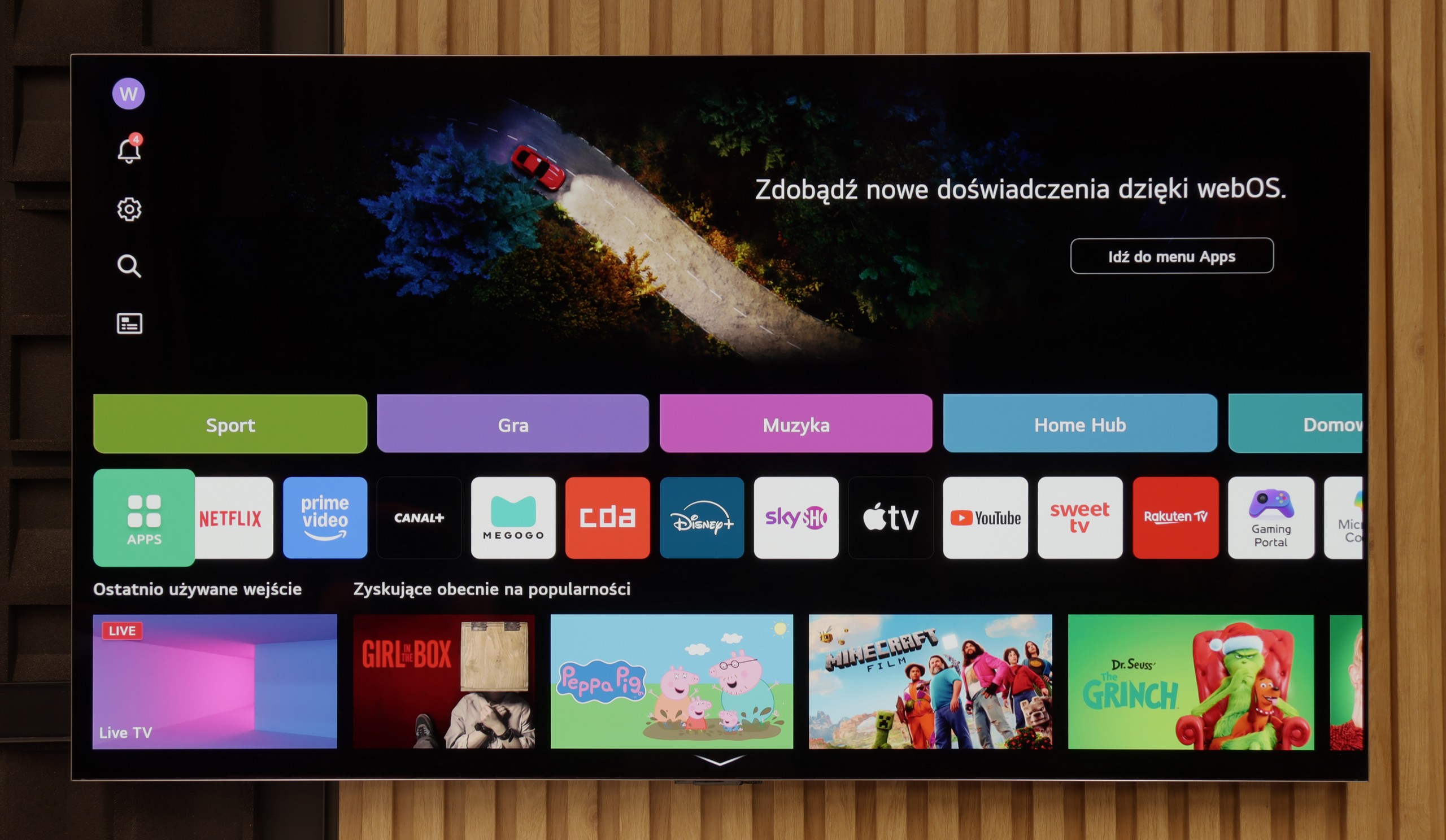
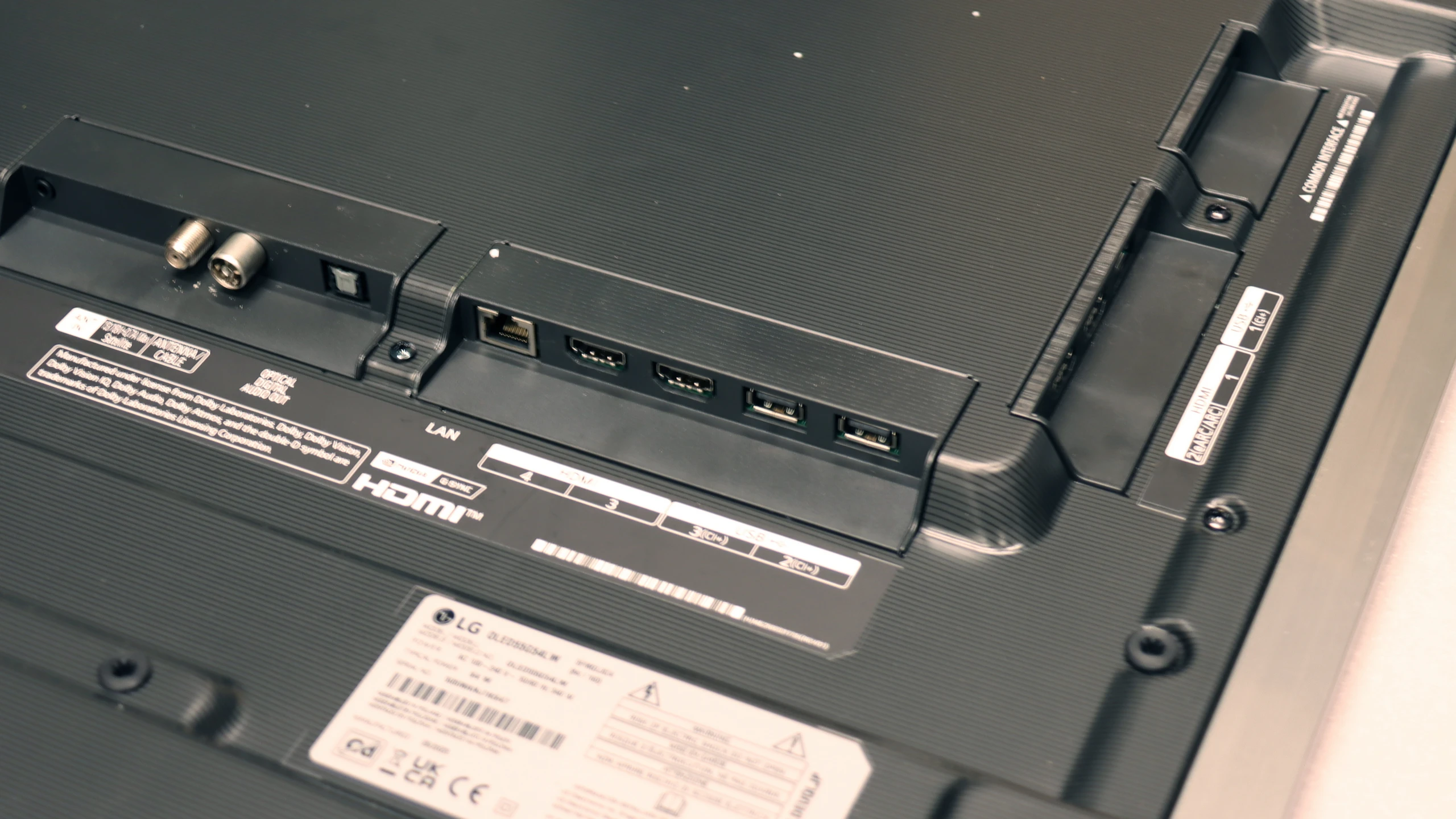
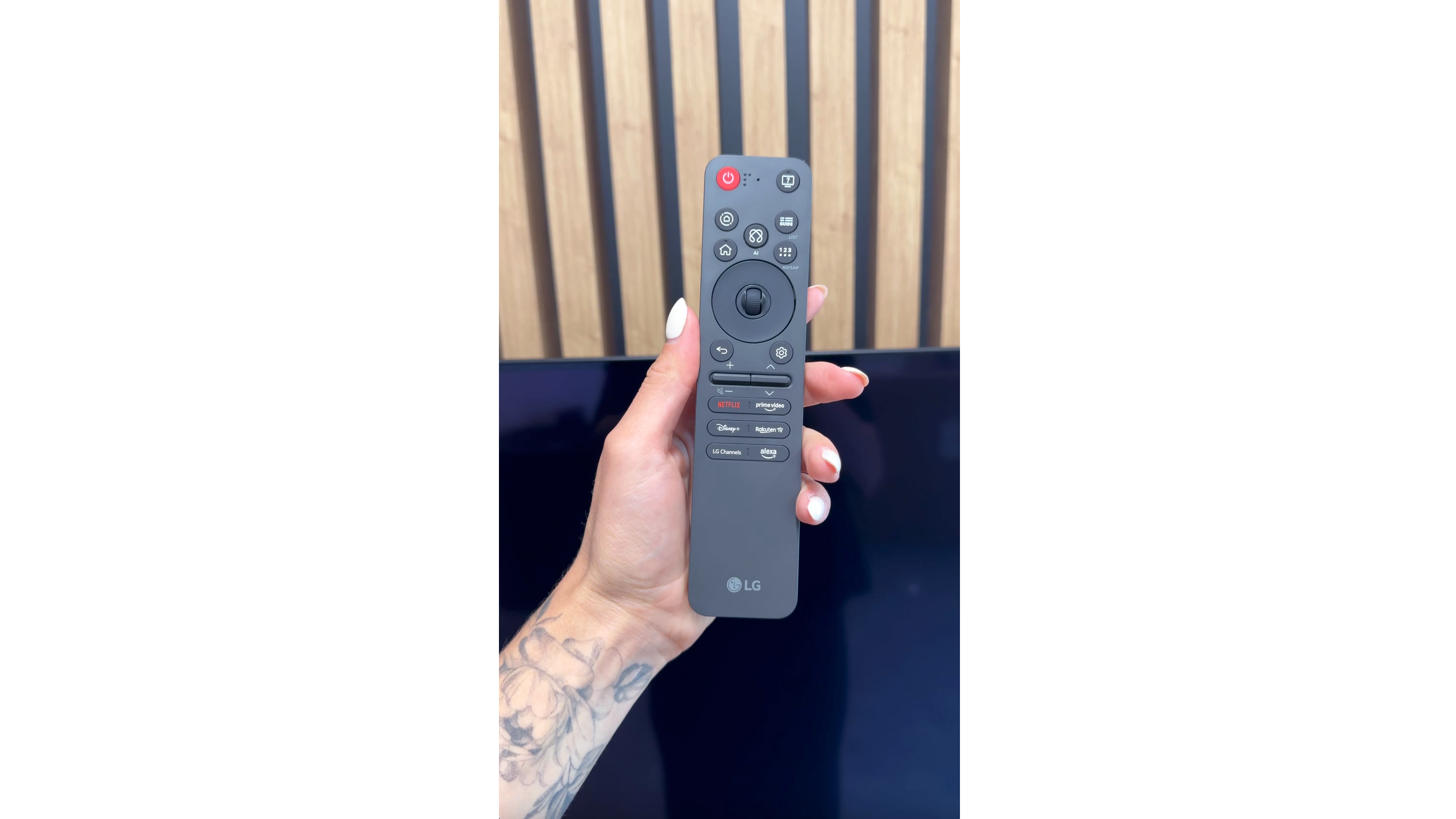
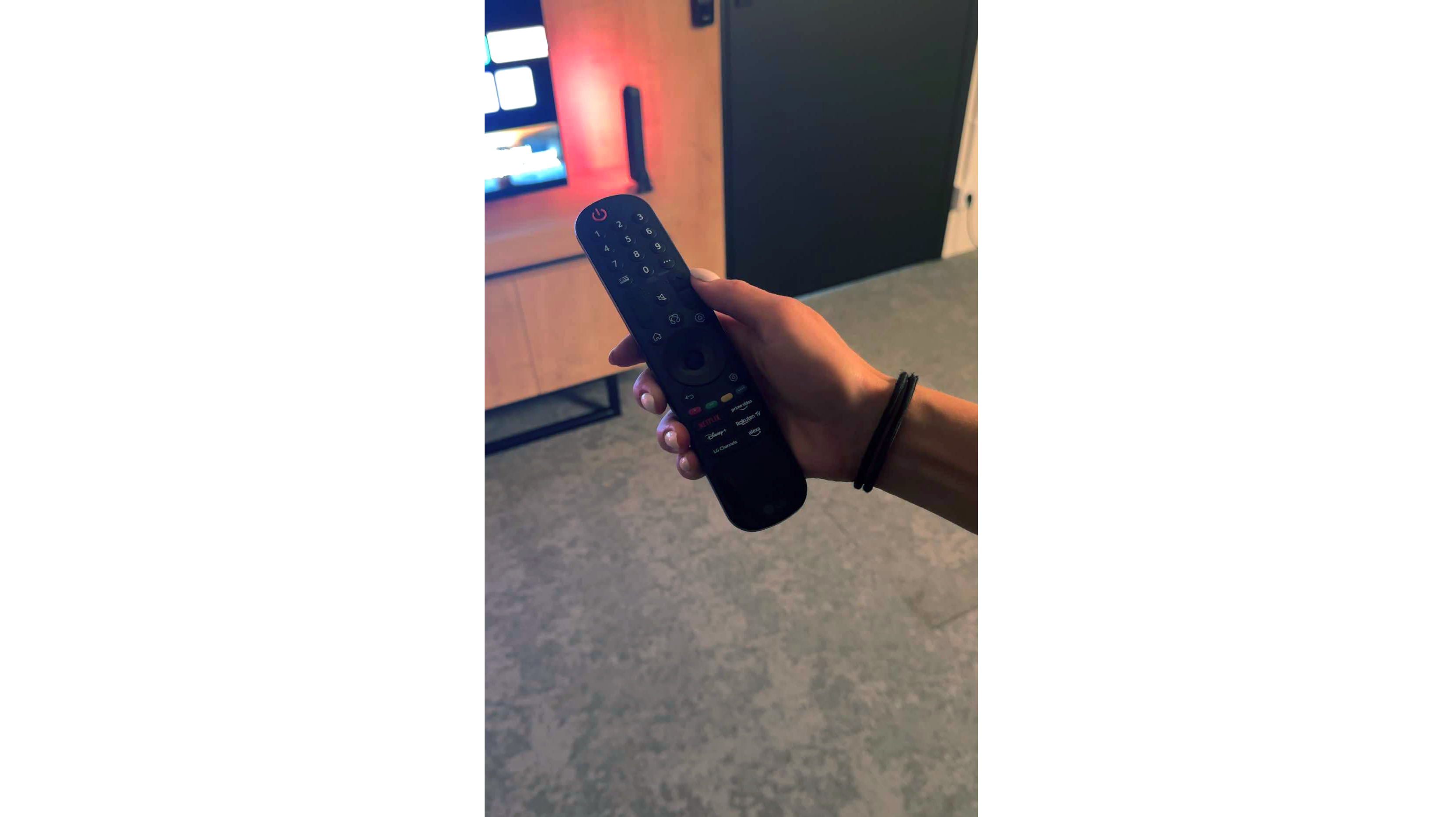
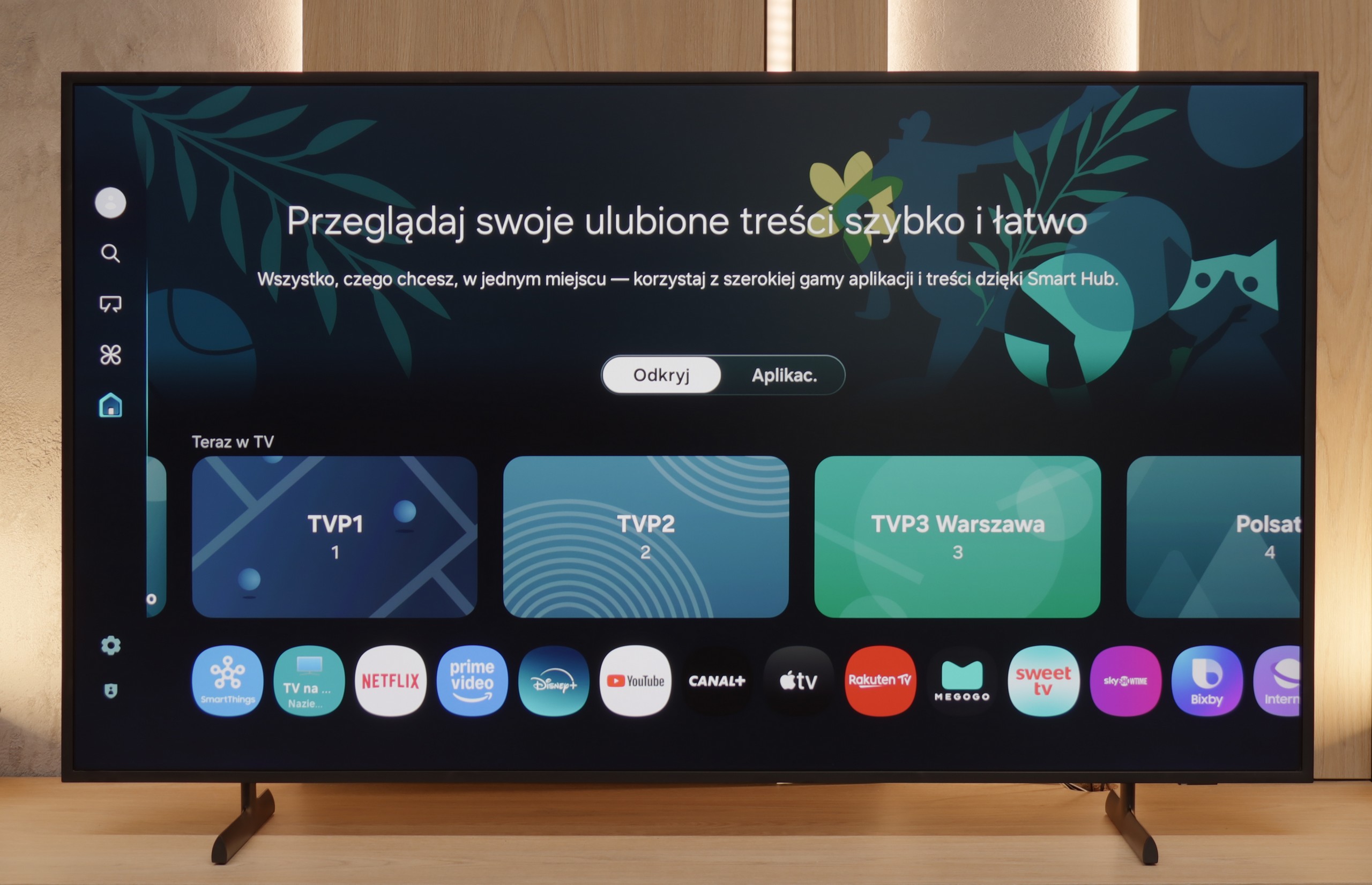
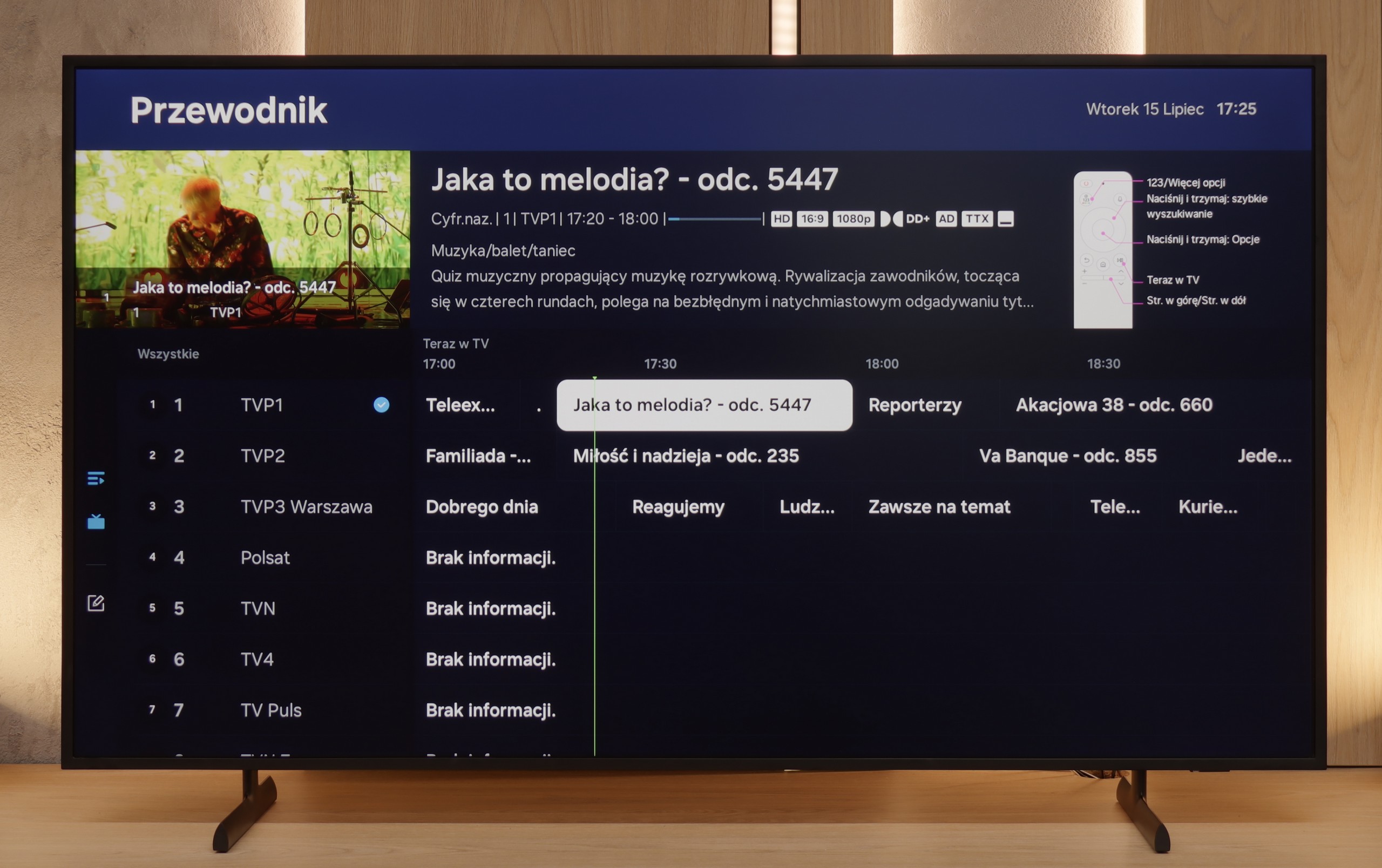
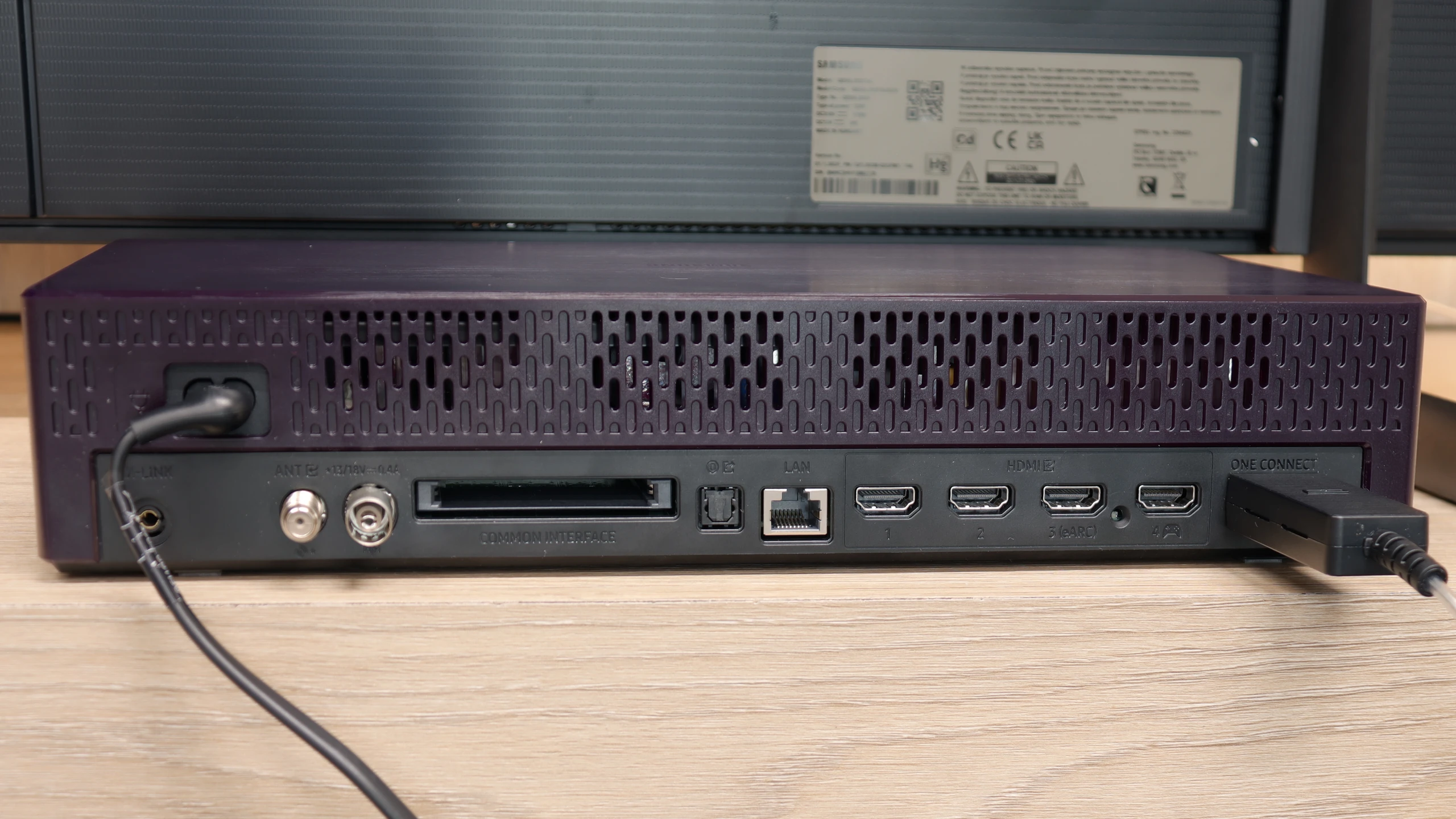
Classic features
LG G5 has a lot to offer when it comes to classic television features. Aside from the inability to watch two sources (PIP), the television handles everyday usage excellently. There are no issues connecting external Bluetooth devices, such as headphones, and the EPG interface is very clear and understandable – even for those who are not particularly tech-savvy.
Smart TV Features
The Smart TV in the G5 operates on the WebOS system – it is the heart and brain of the entire television. With the Magic remote, using the G5 is truly enjoyable. We control the cursor on the screen with wrist movements, which somewhat resembles using a mouse in the air. The system itself is highly developed and offers everything one could expect: AirPlay, screen mirroring, voice search, and voice commands – all of this works smoothly and without delays. Without a doubt, it is one of the best operating systems in televisions on the market.
Note:
During our tests, we had virtually nothing to complain about – perhaps with one exception: the confusion surrounding the remote. Depending on the market and the specific version of the model, you may encounter the new, minimalist Magic remote (without a numeric keypad) or the older version with a full set of buttons. We tested the G54LW model, which came with the new Magic remote, but it's hard to say how the situation looks in other variants. It may be a similar situation to the LG C5 series, where the addition of the remote also depends on the specific market.
Classic Television Features
In terms of classic features, The Frame does not stand out particularly from the competition. There are no options for recording to USB or PiP (picture-in-picture) functionality, which may be disappointing for some users. On the other hand, the television allows for simultaneous use of speakers and headphones, which can be useful – especially for older users. The EPG, or electronic programme guide, is quite readable, and despite the lack of conventional buttons on the remote, we were able to access teletext. In everyday use, the basic functions operate smoothly and without significant complaints.
Smart System – Tizen and Applications
The Frame 2025 runs on the Tizen system, which has long been regarded as one of the most refined Smart TV solutions on the market. This system is designed with the idea that devices are more than just a television – and it has been constructed with that spirit in mind. Tizen offers full integration with external devices – supporting both Apple AirPlay and Miracast. With the SmartThings app, it is possible to control not only the television but also other devices within the smart home framework. Since last year, Samsung has also been developing its own voice assistant with support for the Polish language, which significantly facilitates operation. However, the greatest strength of the Smart system in The Frame remains the Art Gallery application. Although access to it is paid (in the form of a subscription), it offers the best scans of works of art available on the market – referring to scans, not ordinary photographs. As a result, the effect of a digital painting hanging on the wall is markedly better than in any other lifestyle television.
Playing files from USB
9/10
9.1/10
Supported photo formats:
Maximum photo resolution:
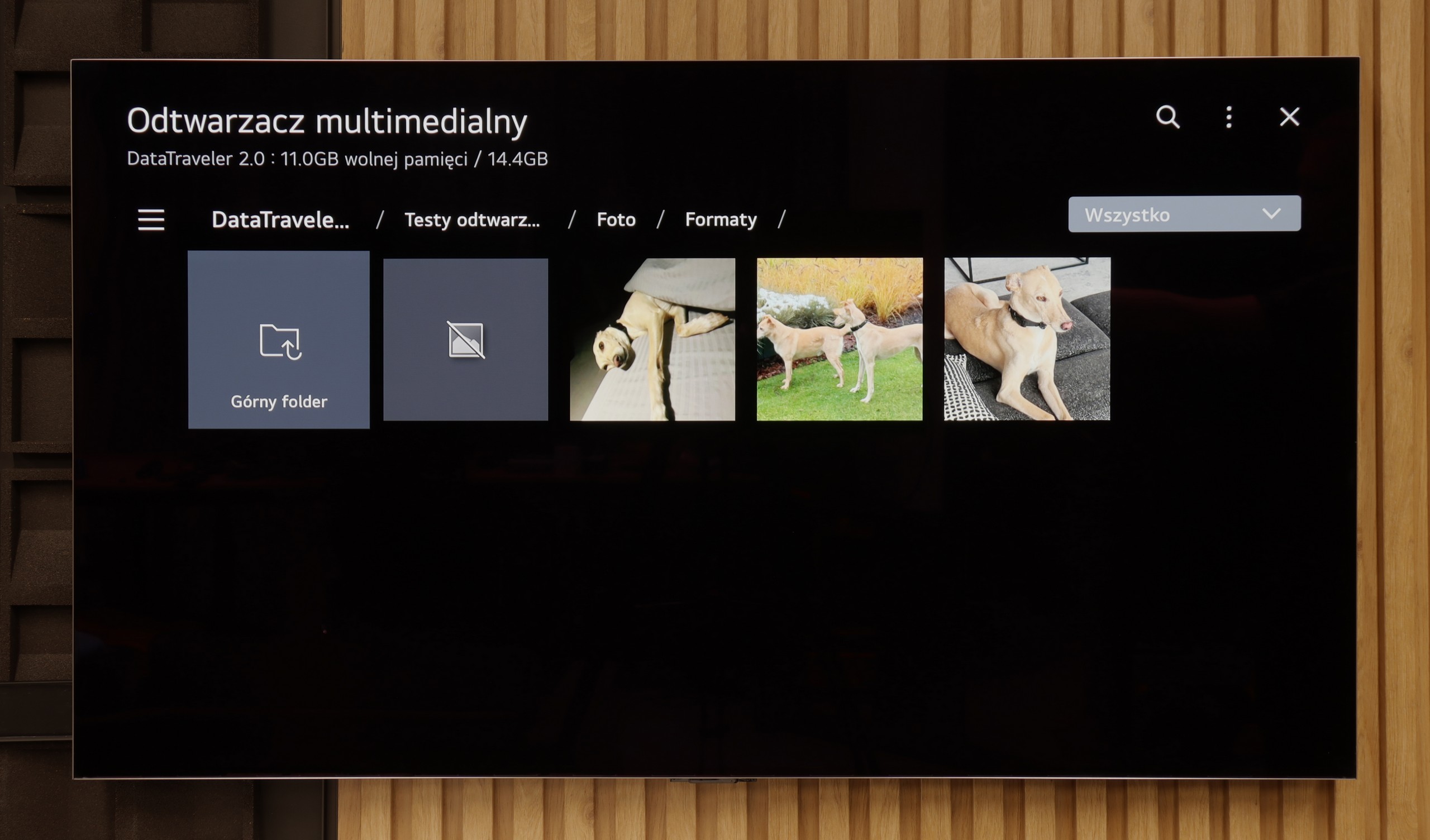
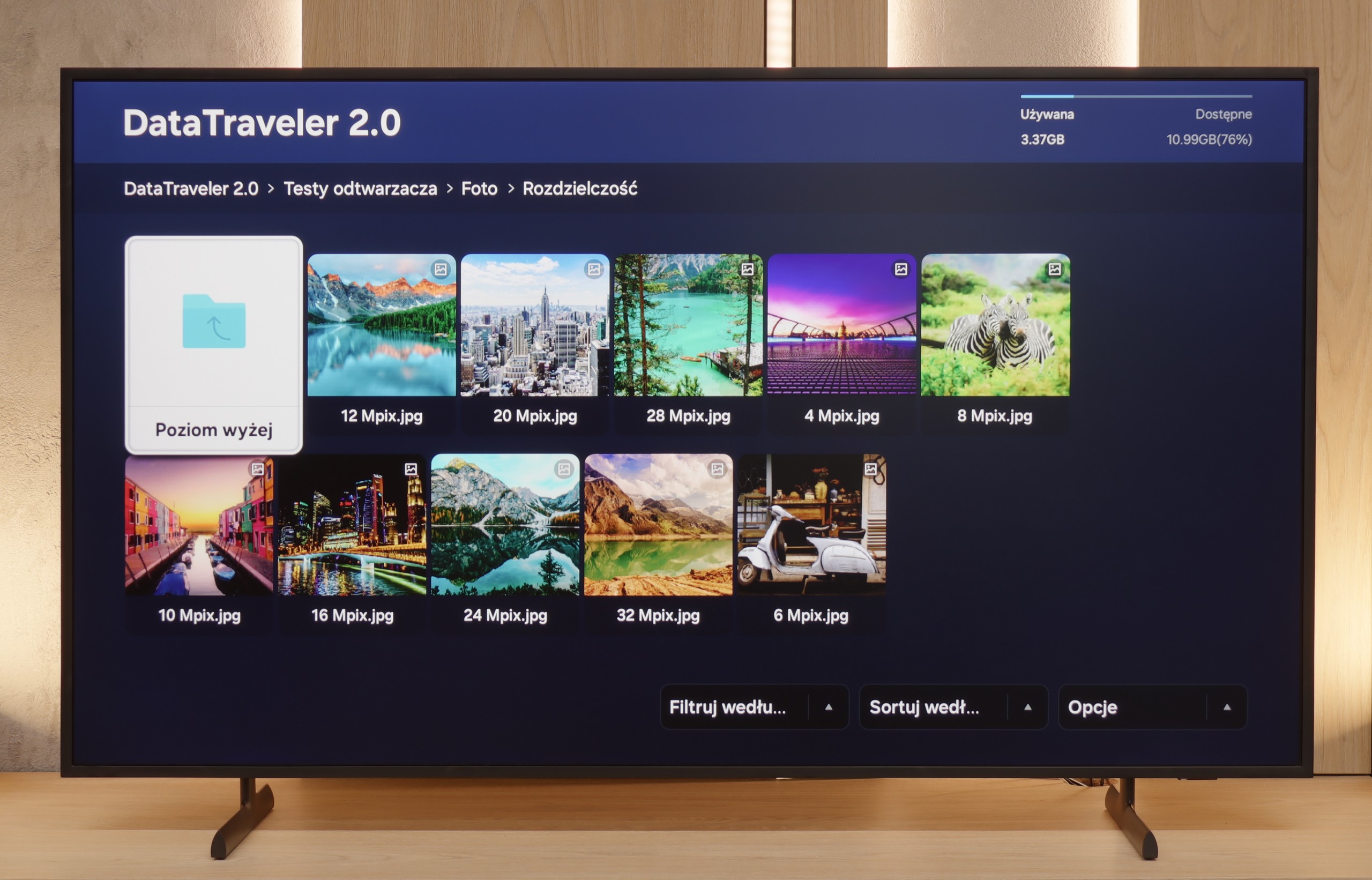
The built-in media player in the LG G5 is really very good. It supports practically everything you might expect from a modern television – most popular formats work without any issues, and the app's performance is swift. Our only disappointment was the lack of support for very high bitrate HEVC 85 Mbit/s files – similar to the C5 and B5 models. Interestingly, the same file played flawlessly on last year's LG OLEDs, so it's hard to say what has caused this change. Nevertheless, in everyday use, the G5 will handle the vast majority of content without the need to connect any external devices for media playback.
During testing, we did not notice any major issues with playing files from a USB memory stick. The television handled both video materials and photos well. Of course, there are some exceptions – for example, a lack of support for the HEIC format (used by Apple devices) – but it is difficult to consider this surprising. One positive aspect is the full support for high-resolution photos – the television displays files with a high number of megapixels without any problems, which may be particularly significant for those looking to treat The Frame as a digital frame as well. However, during testing, we noticed a limitation regarding subtitles – the television only correctly handled files in .txt format. It is worth keeping this in mind and ensuring that the downloaded subtitles for films are saved in this format; otherwise, they may simply not display.
Apps
9.1/10
8.7/10














































Sound
8.7/10
6/10
- Maximum volume--
- Dolby Digital Plus 7.1
- Dolby True HD 7.1
- Dolby Atmos in Dolby Digital Plus (JOC)
- Dolby Atmos in Dolby True HD
- DTS:X in DTS-HD MA
- DTS-HD Master Audio
The sound on the LG G5, considering its slim profile, is truly phenomenal. When listening to music, one can feel a light, pleasant bass, and in films, the dialogue is clear and audible – it does not get lost even in dynamic scenes. Unfortunately, a certain disappointment is the lack of support for the DTS format, which LG used in its older models. It’s a shame, as many home cinema enthusiasts may feel this as a step backwards.
For such a slim television, the sound is quite good. It is full, sufficient for everyday viewing, but without much excitement – typical for flat constructions. There is little bass, although at times it can be heard. The speakers in a 2.0.2 arrangement have a total power of 40 W (in the 55+ inch version). Unfortunately, the television does not support the DTS format, so for films with that sound, one has to rely on external equipment, such as a home cinema. A soundbar can be connected, and thanks to the Q-Symphony feature, the television plays along with it. Samsung also offers visually matched models for The Frame like S700D or S800D, but they are sold separately. (This shouldn’t surprise anyone😉).
